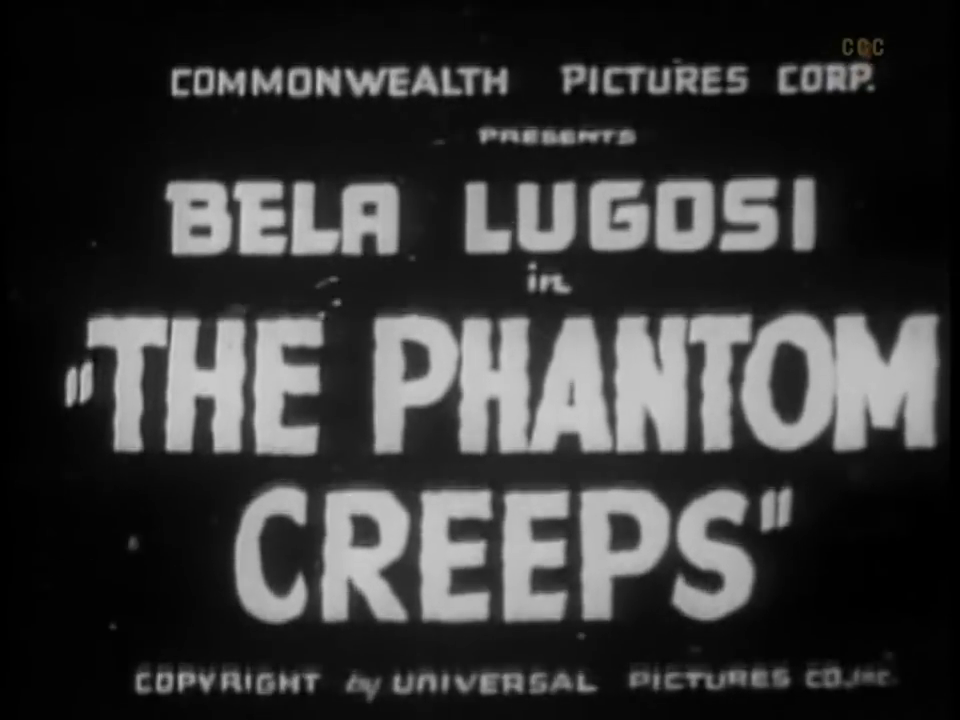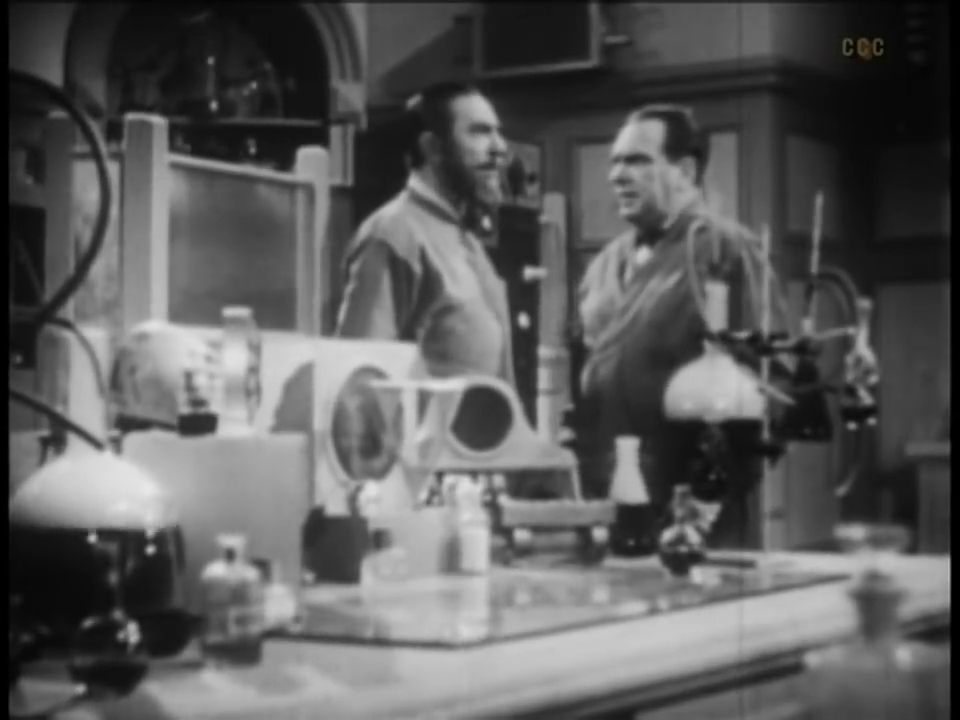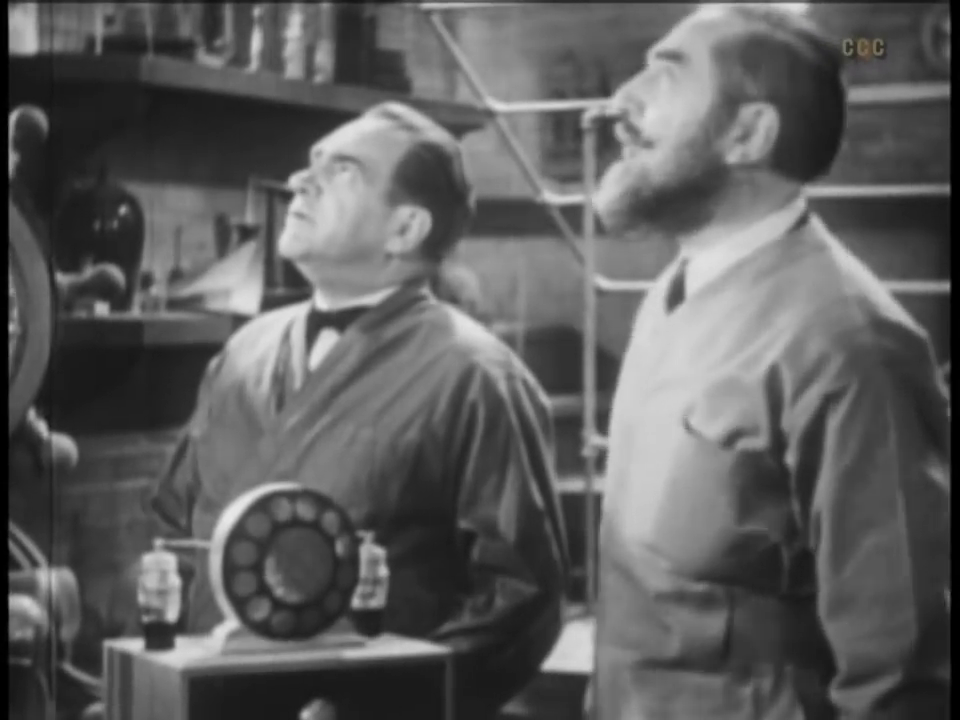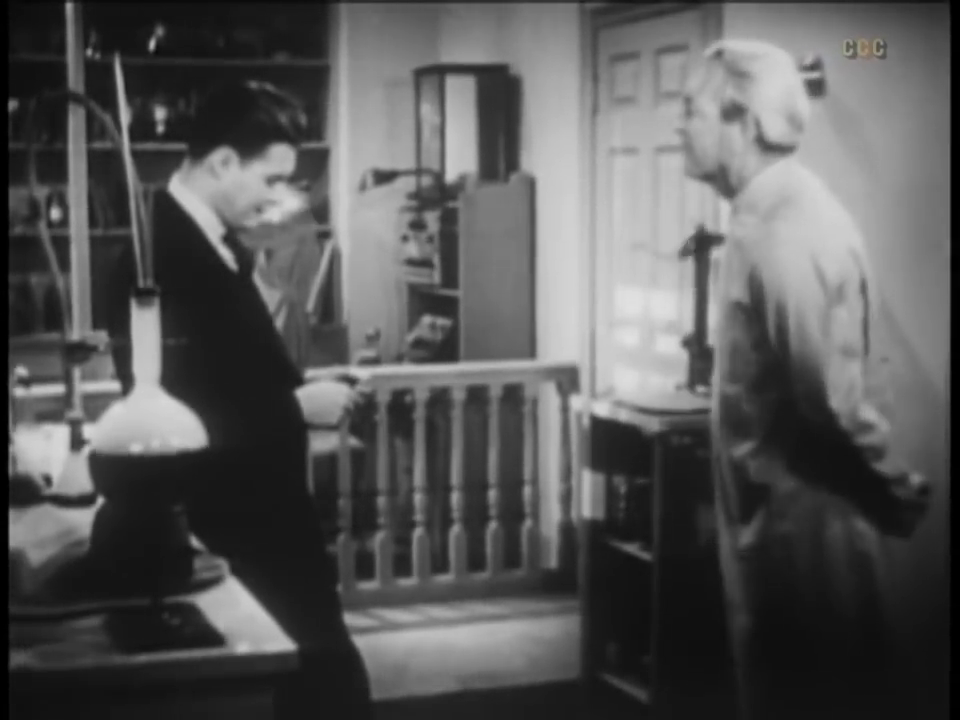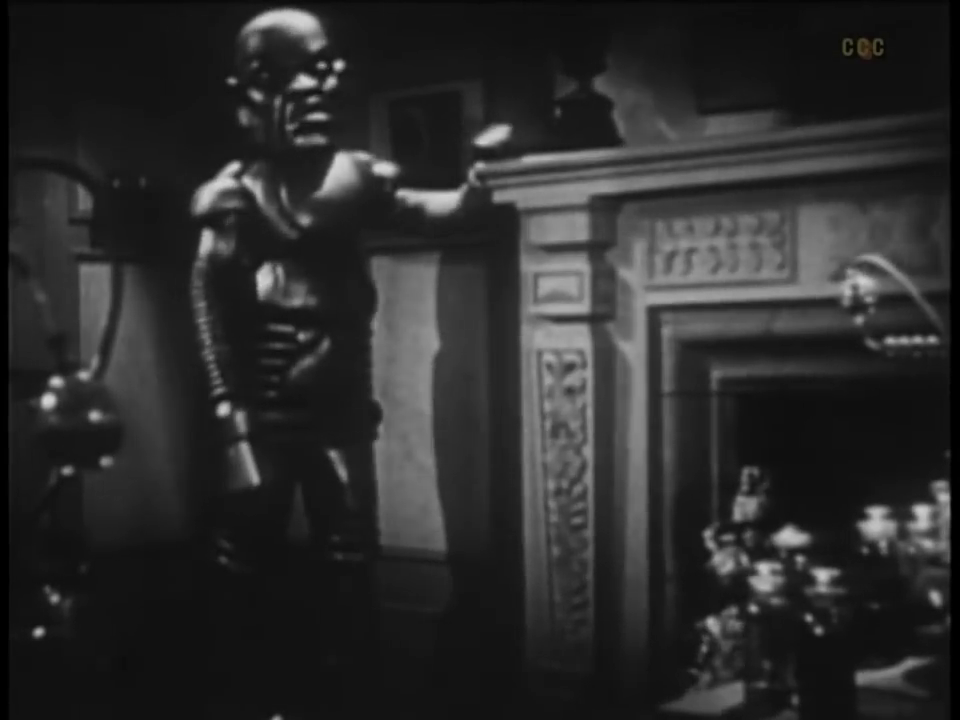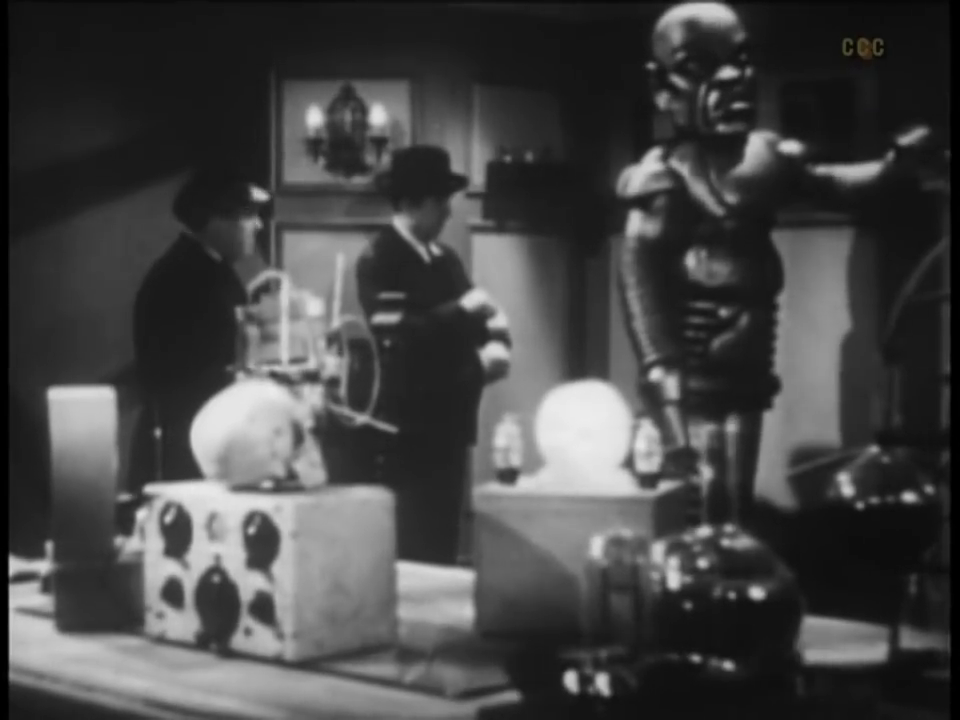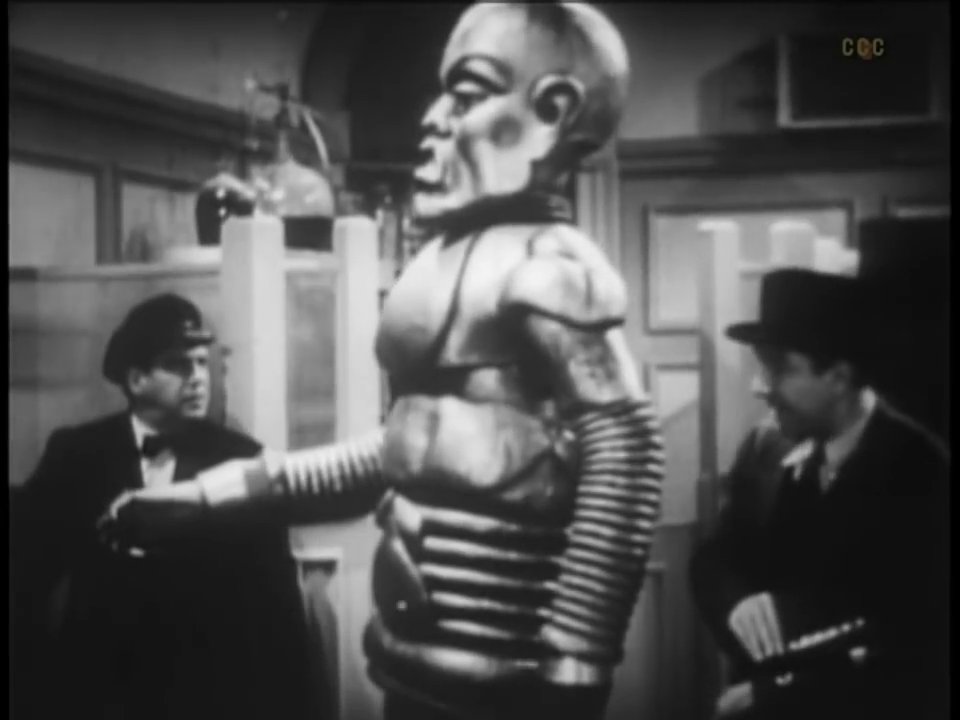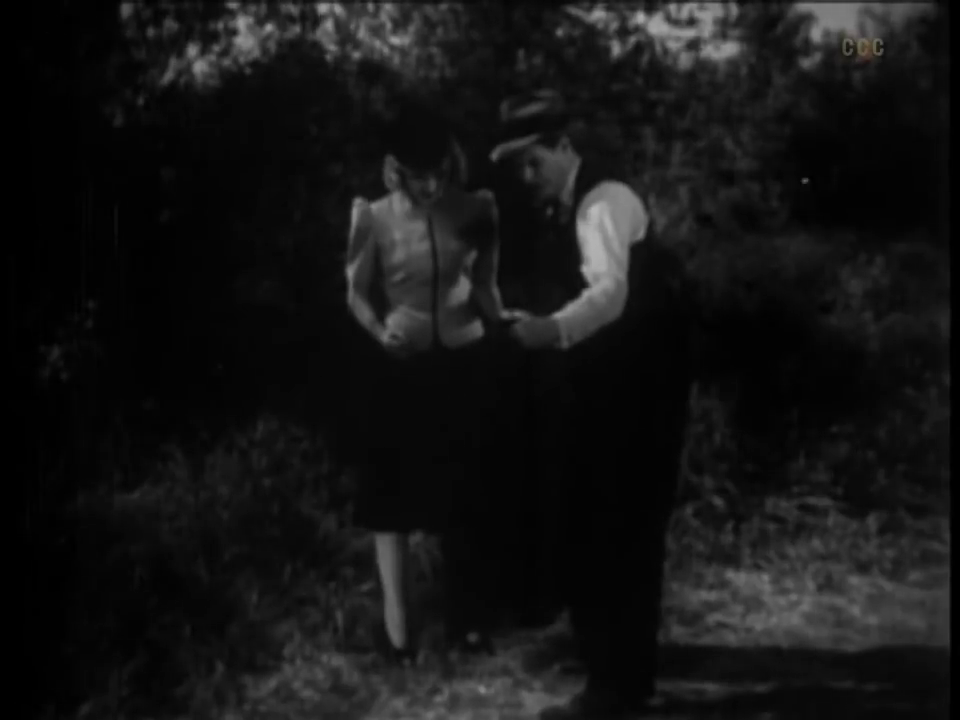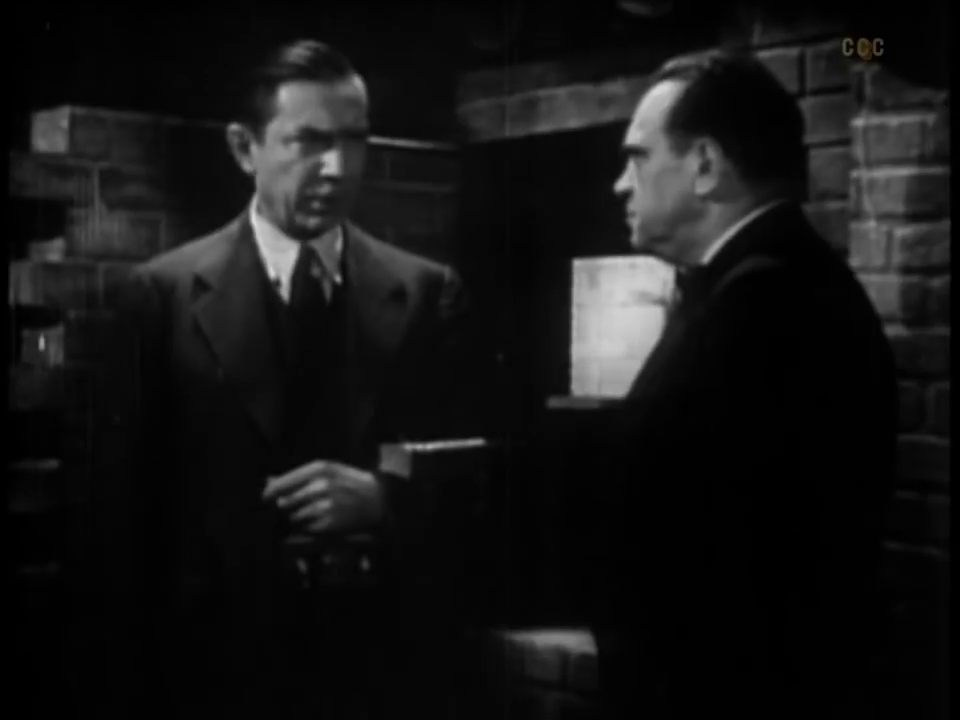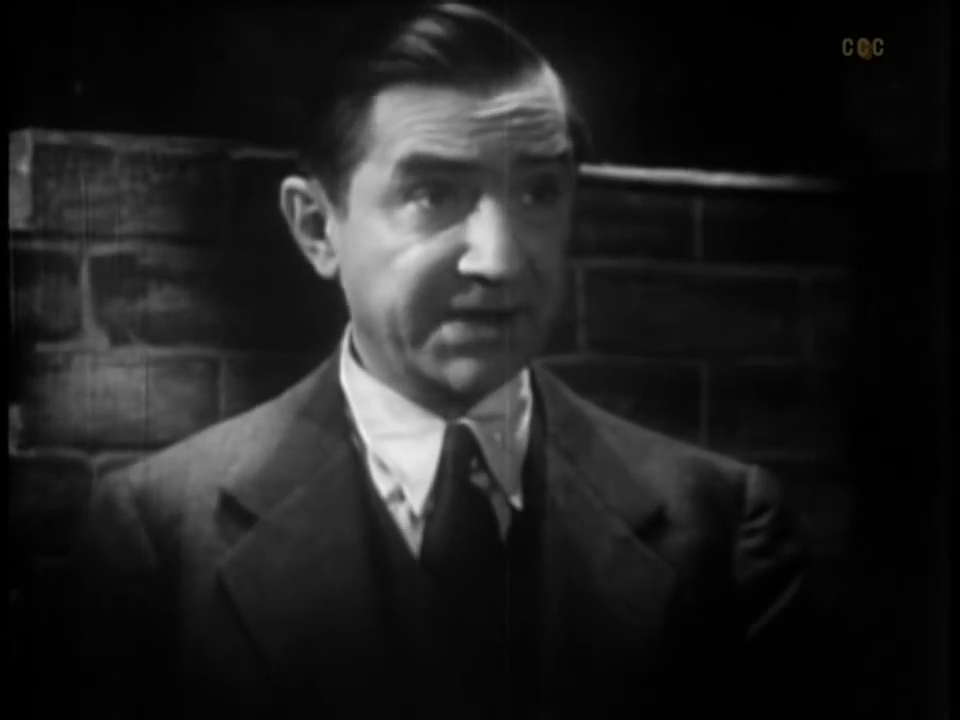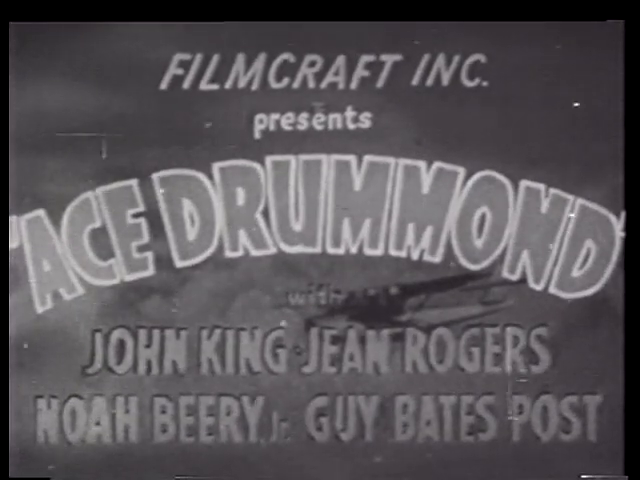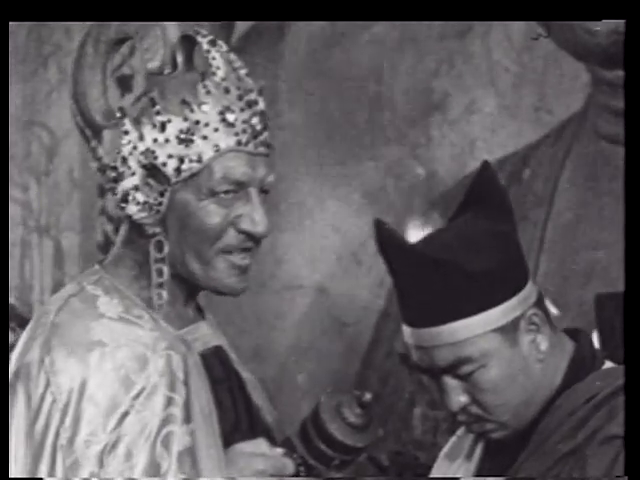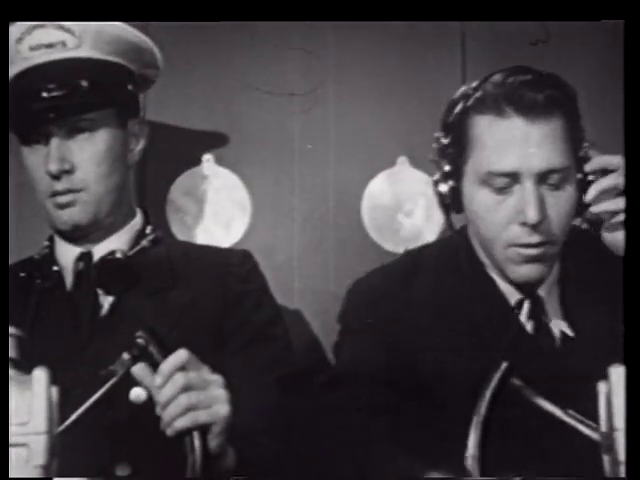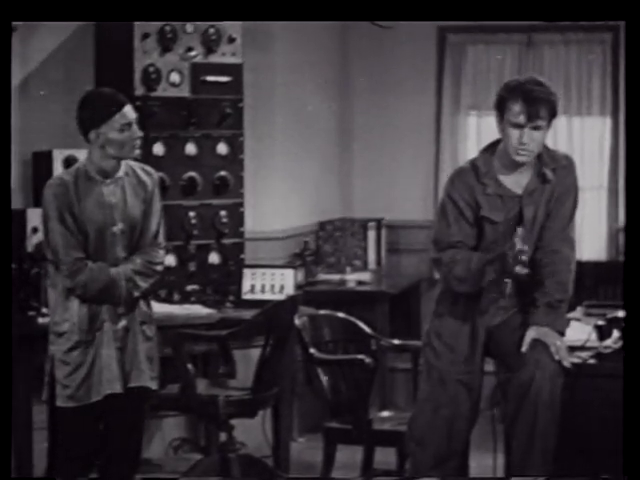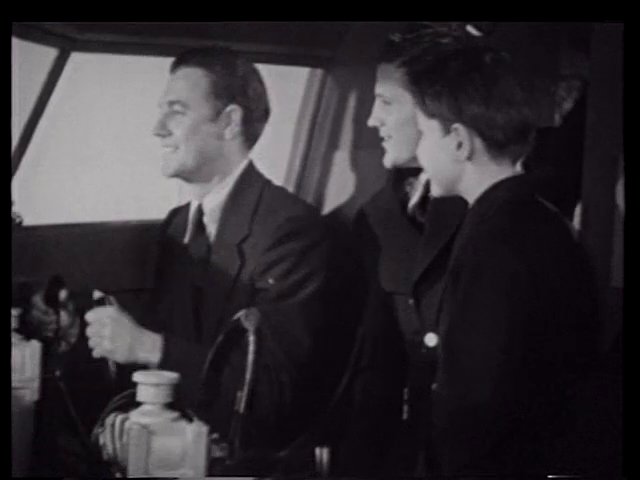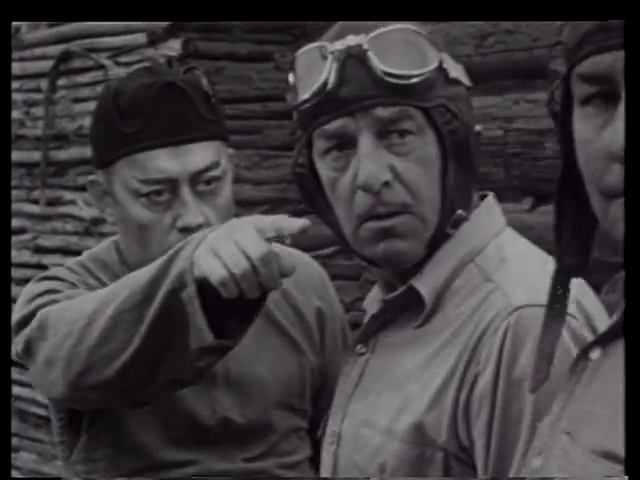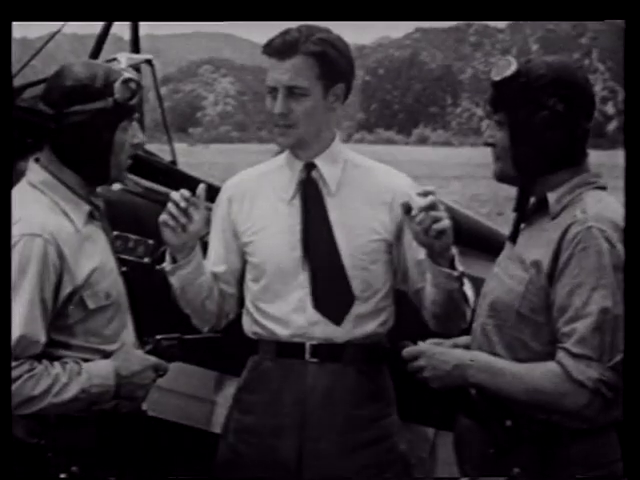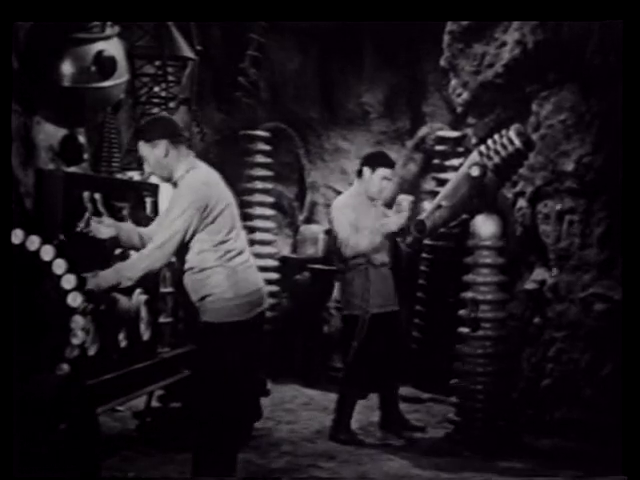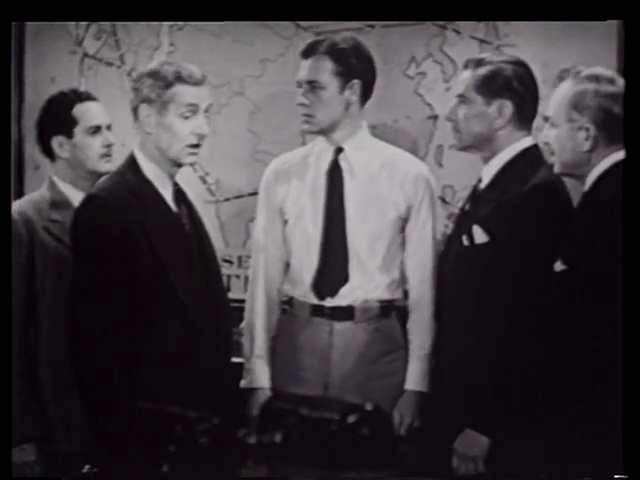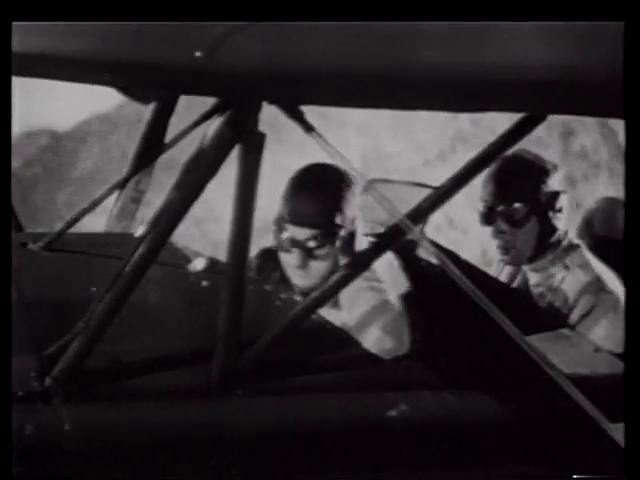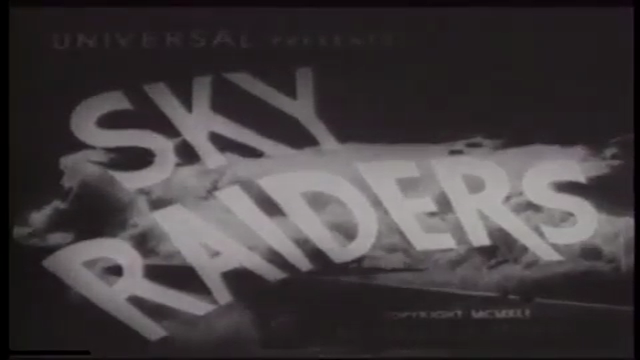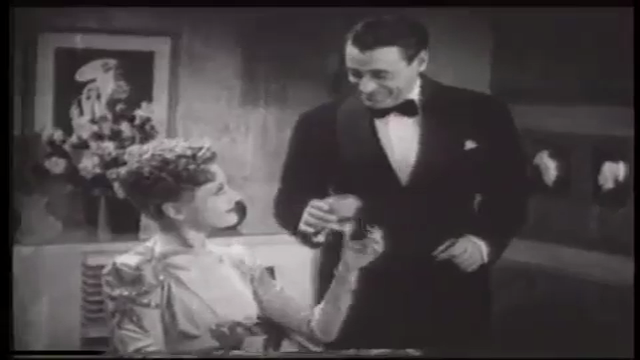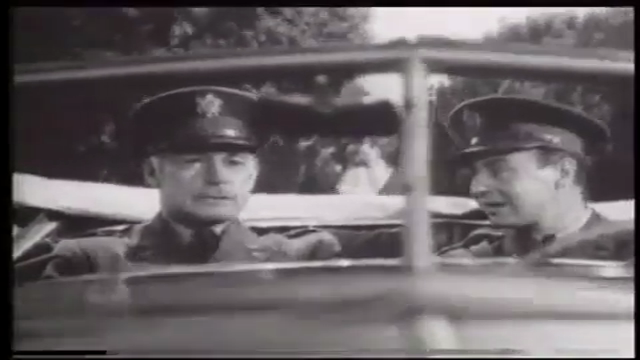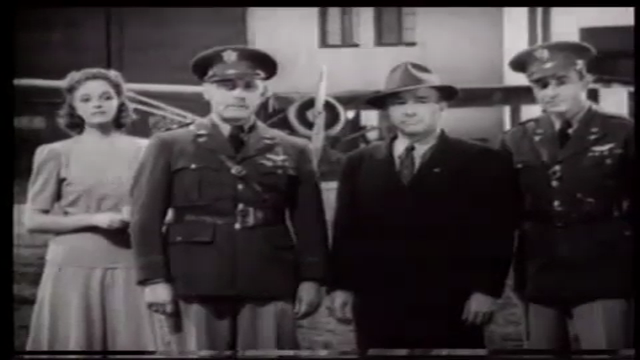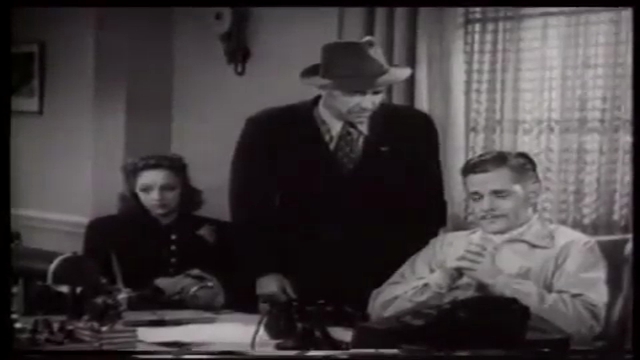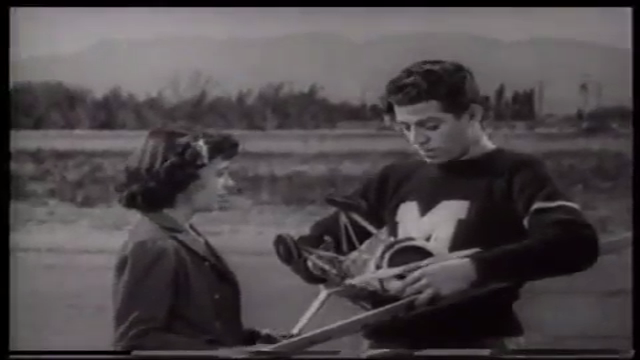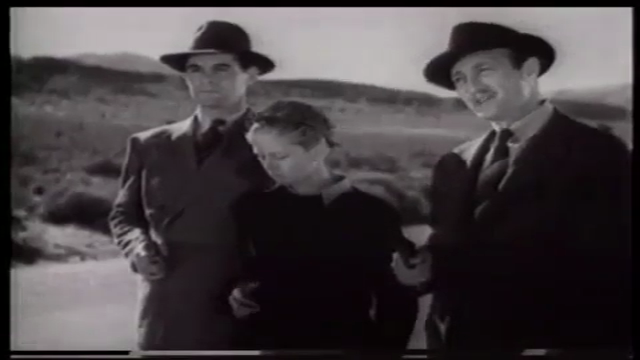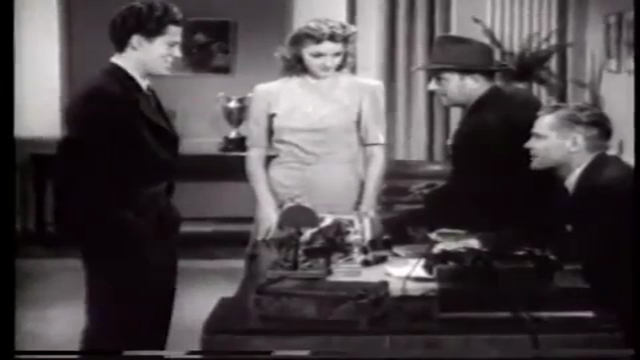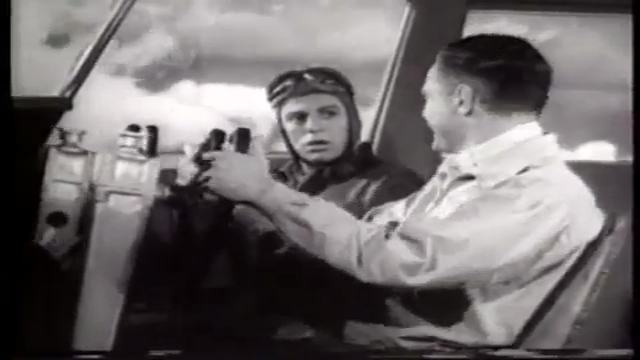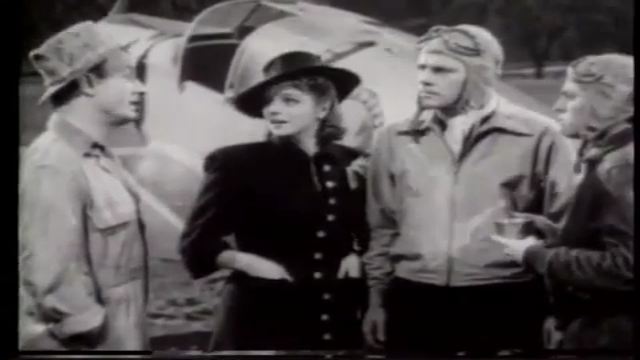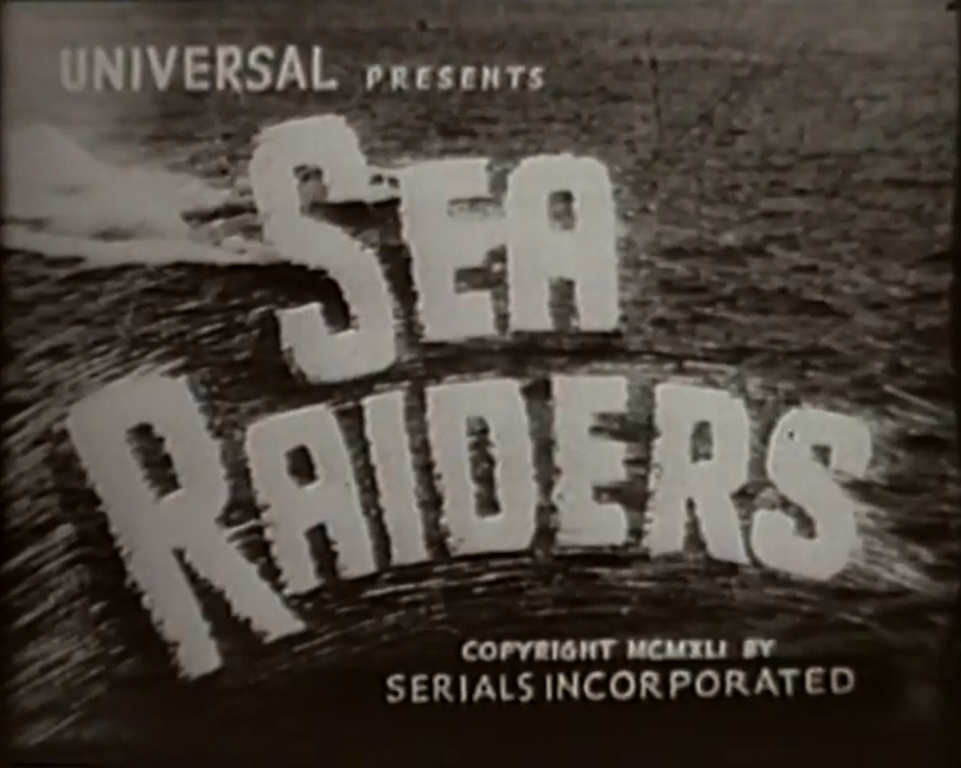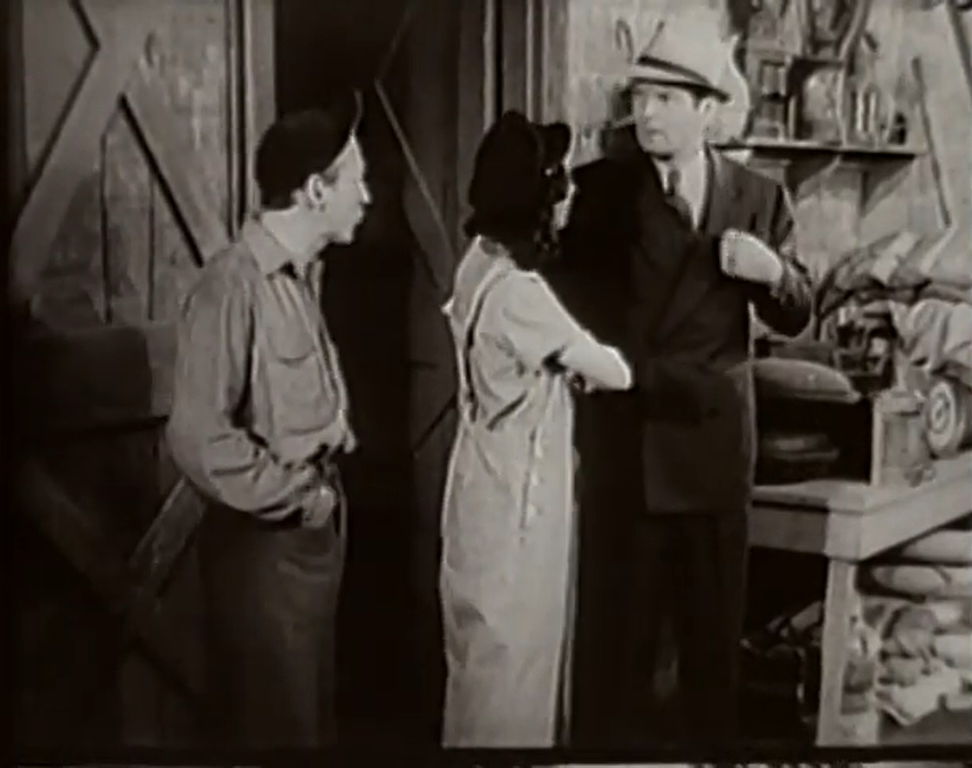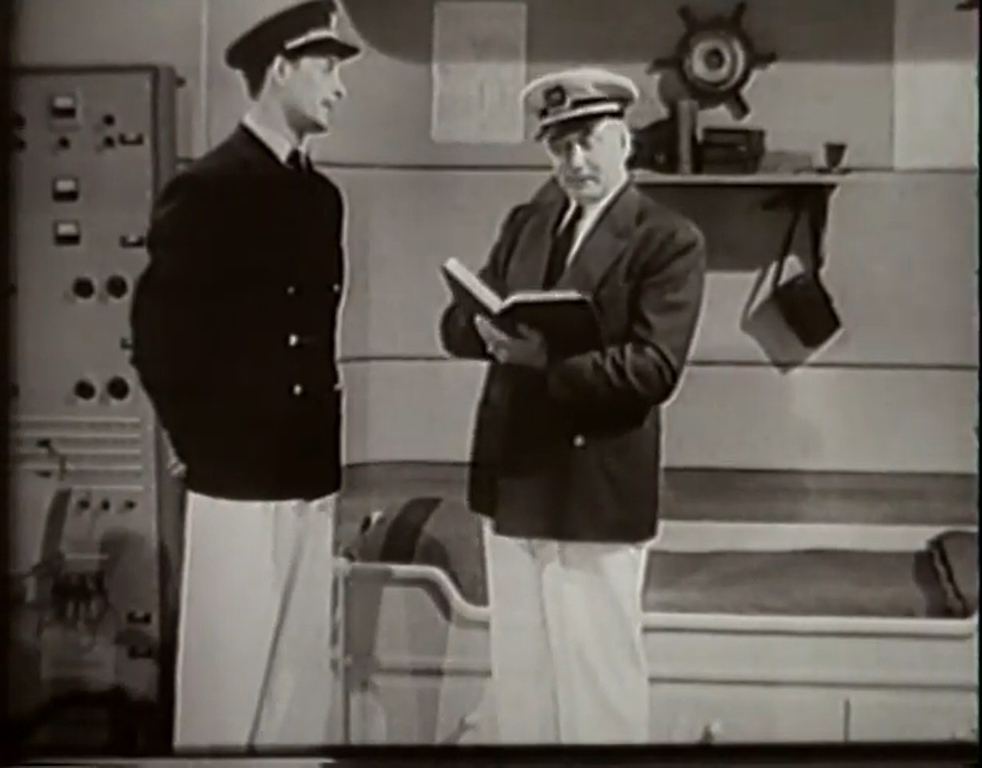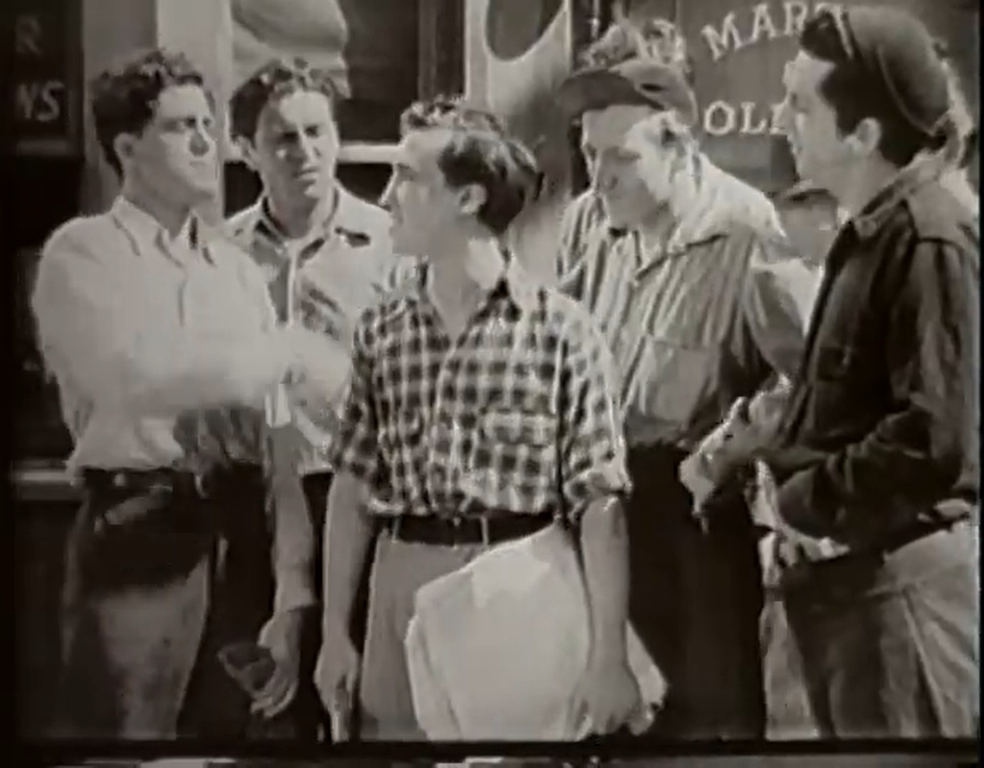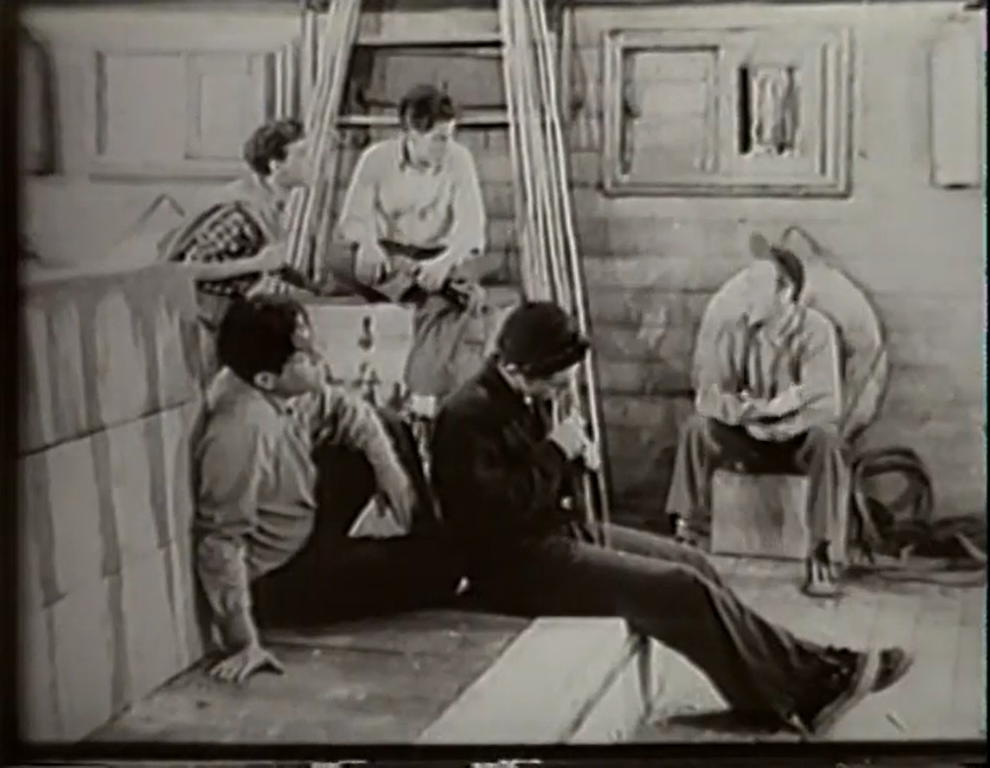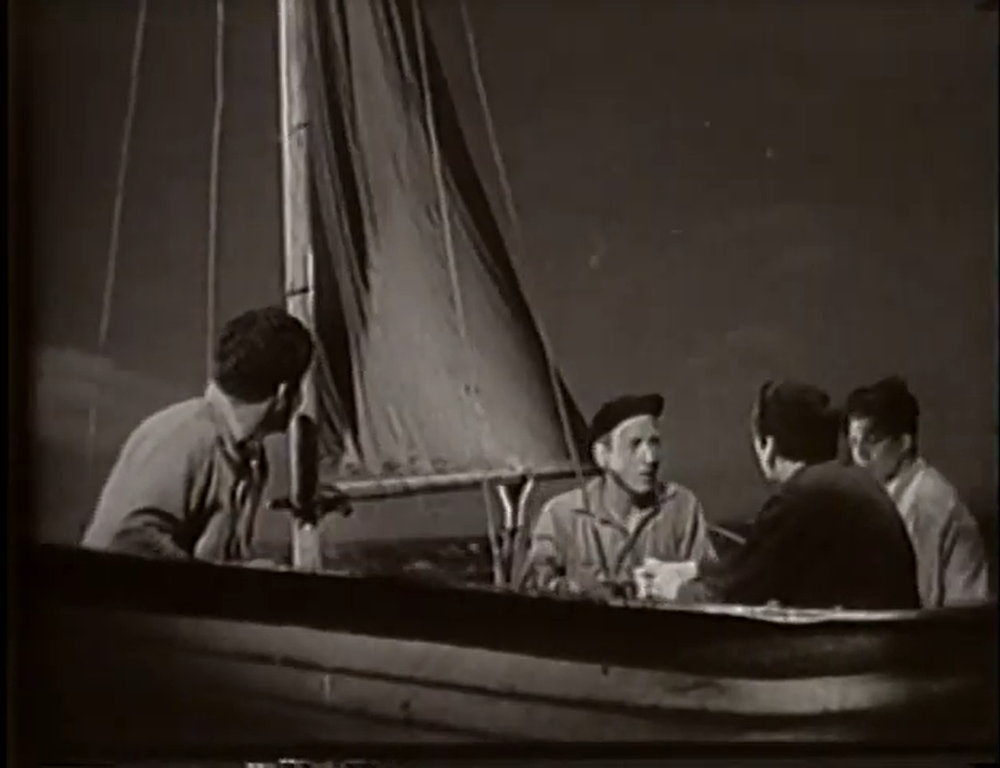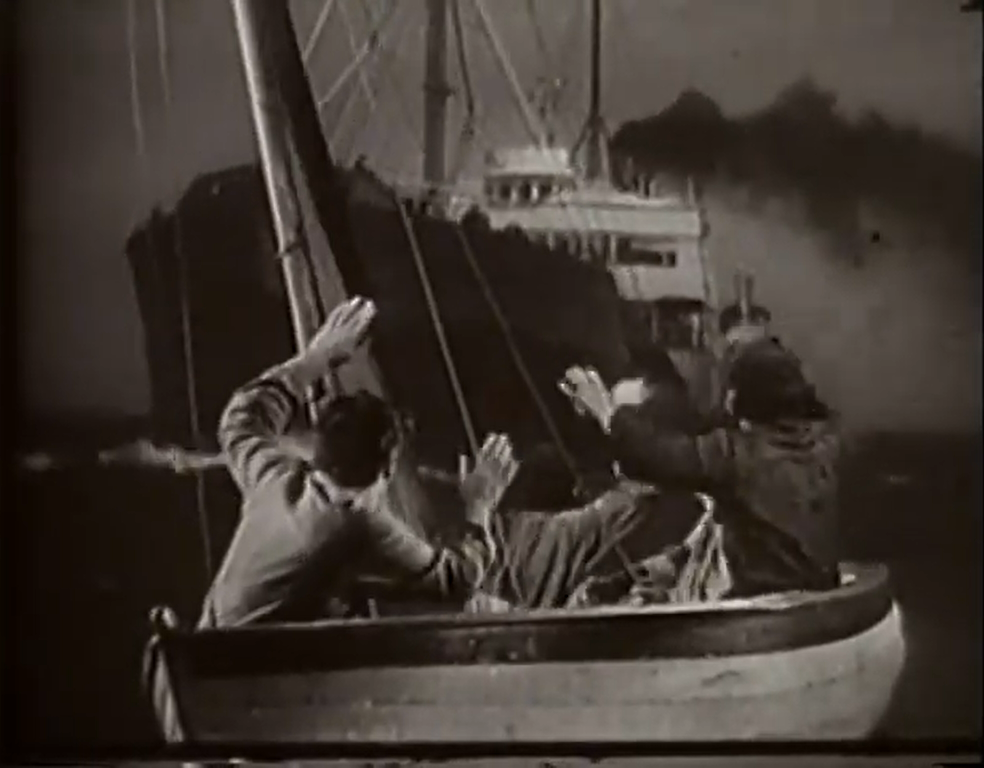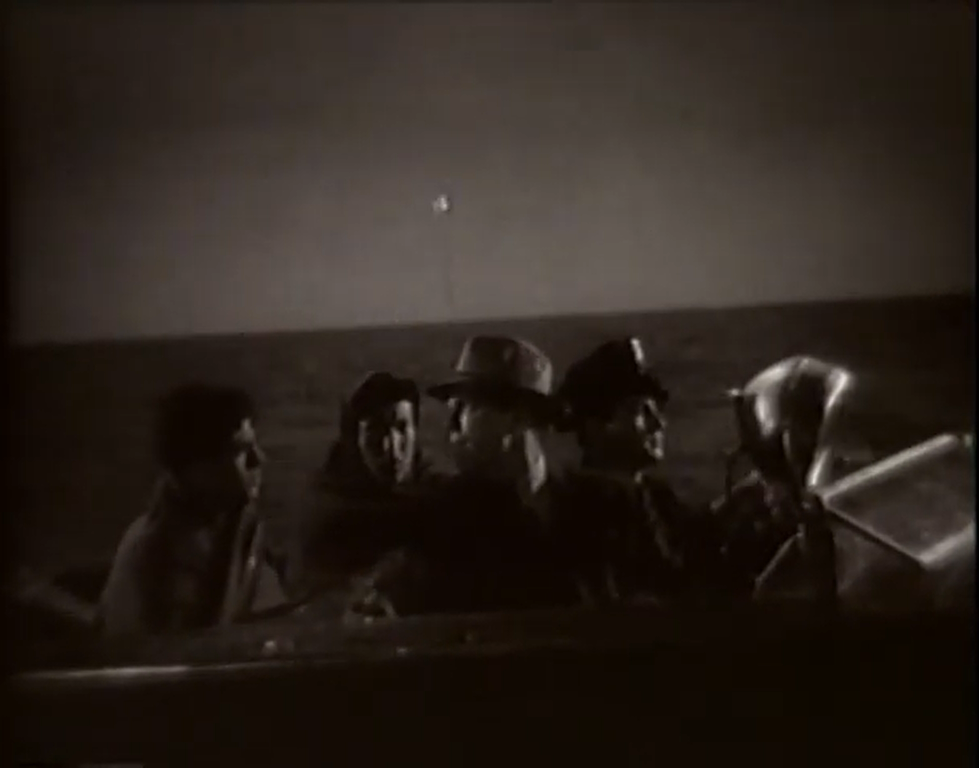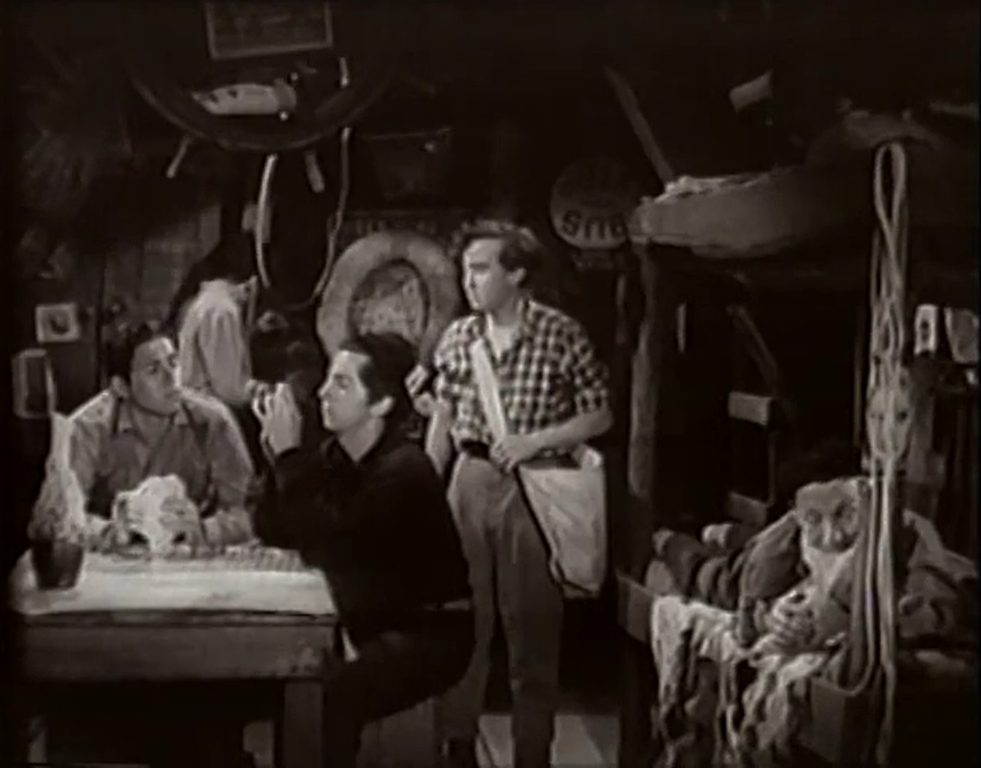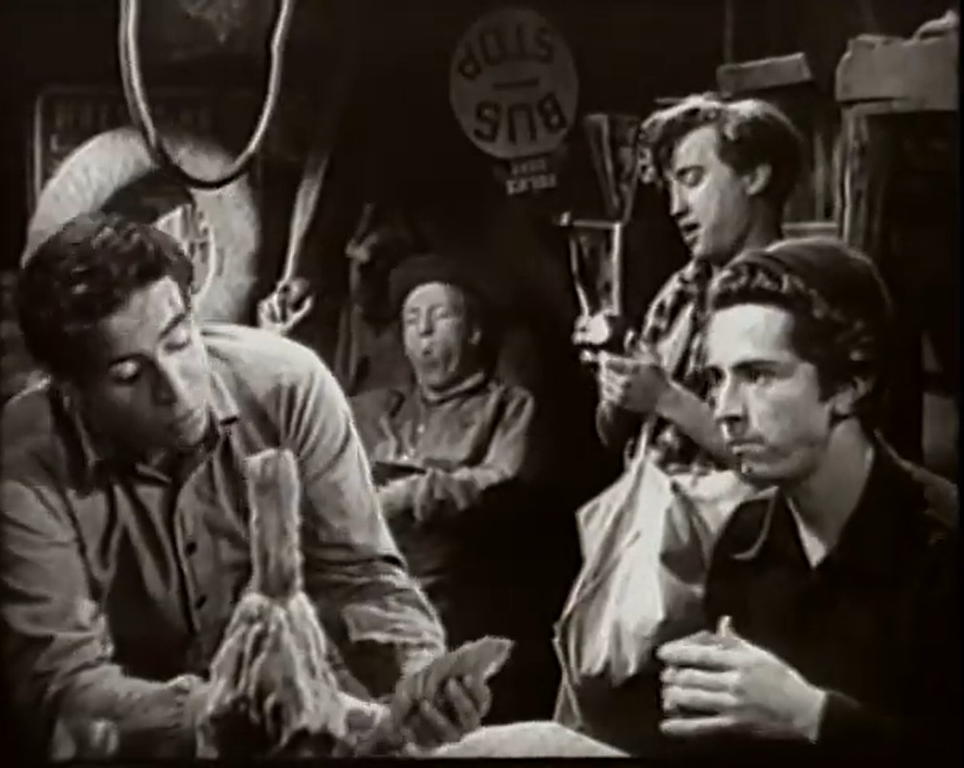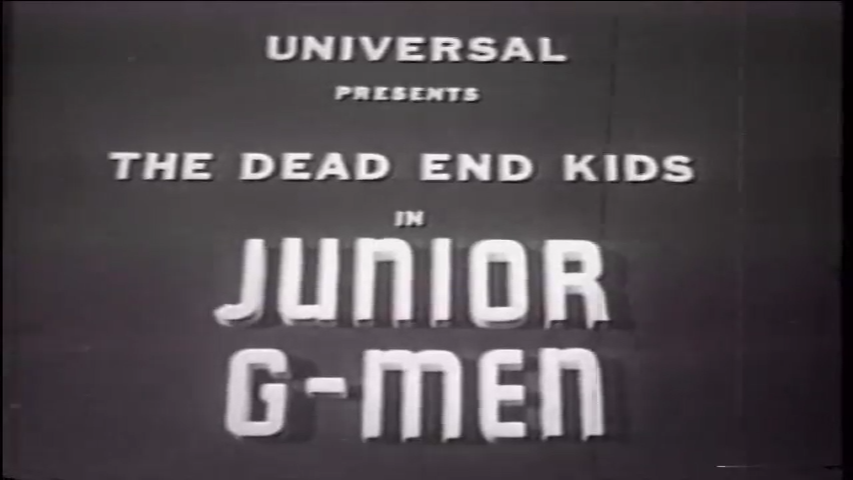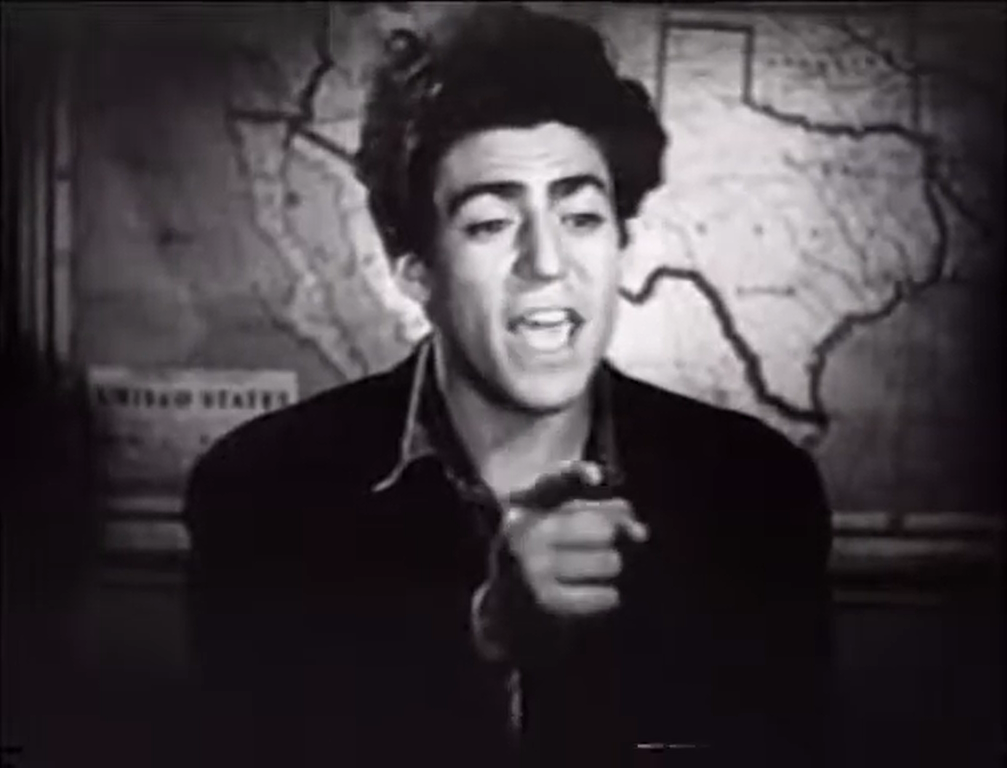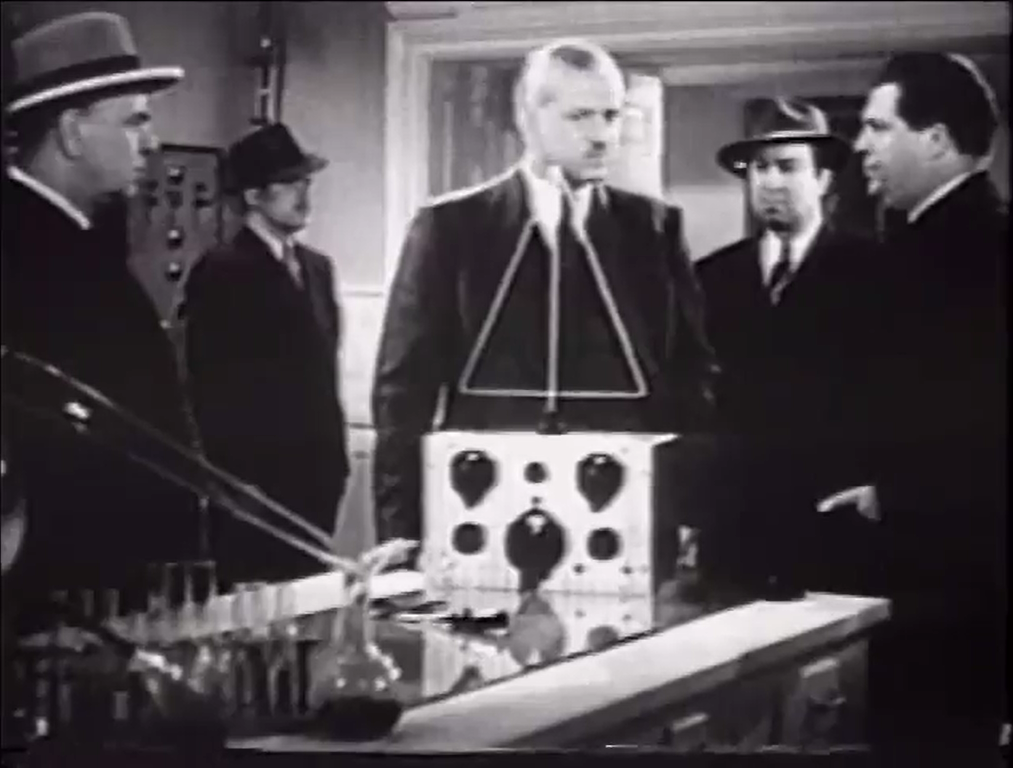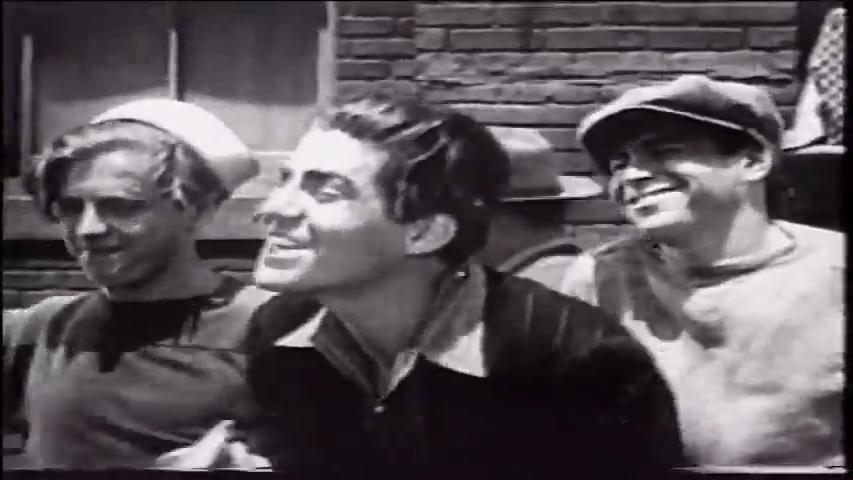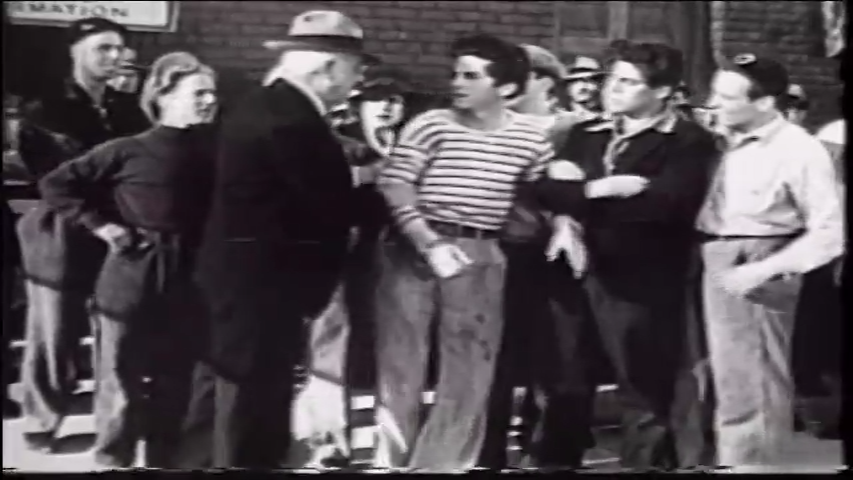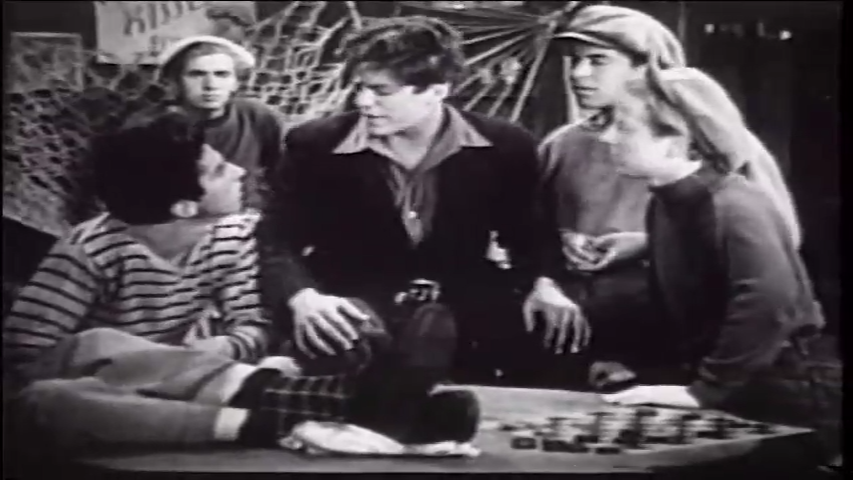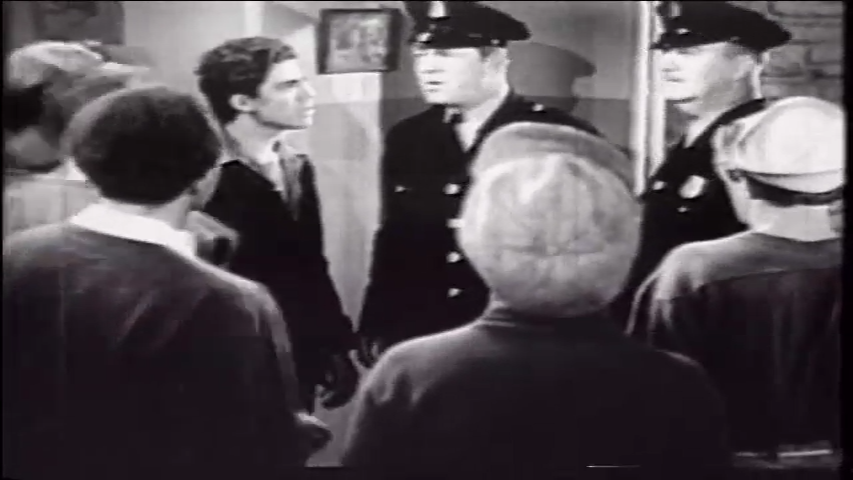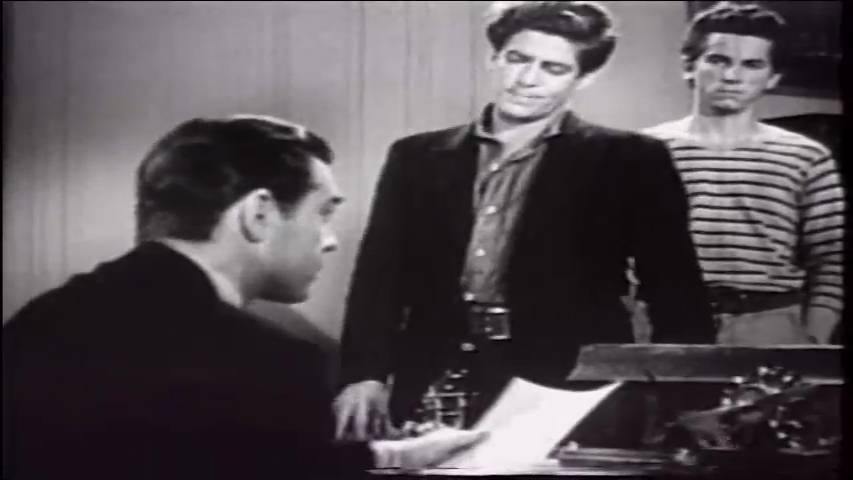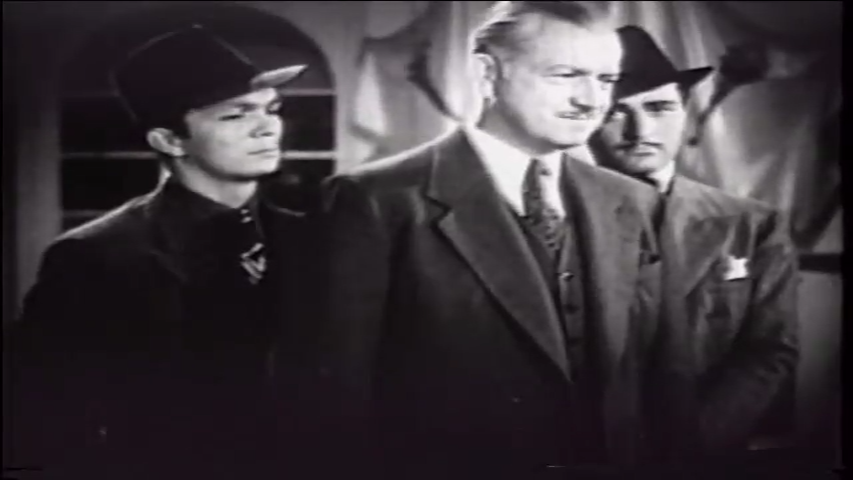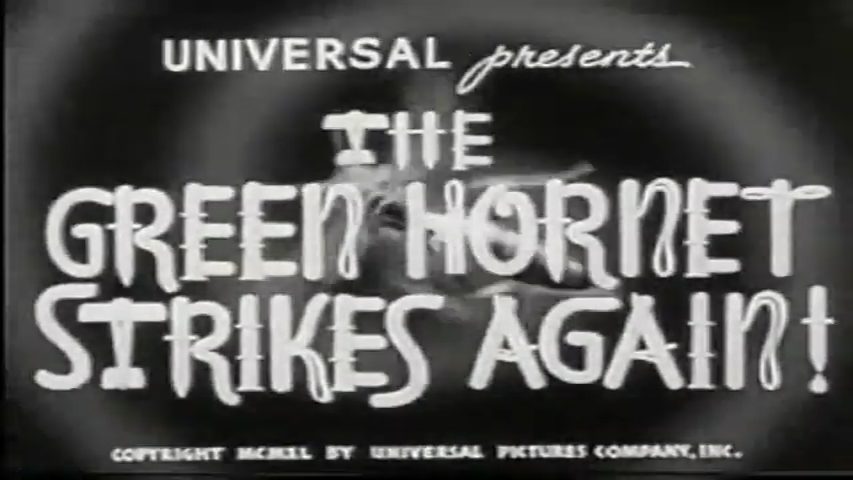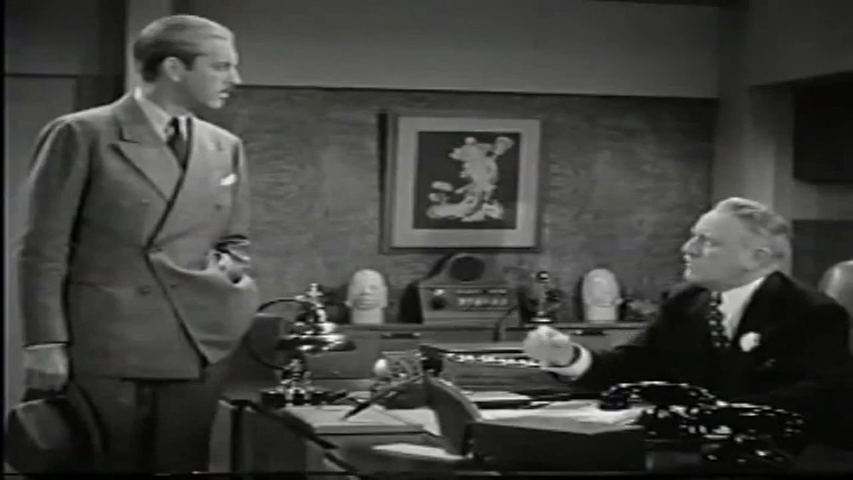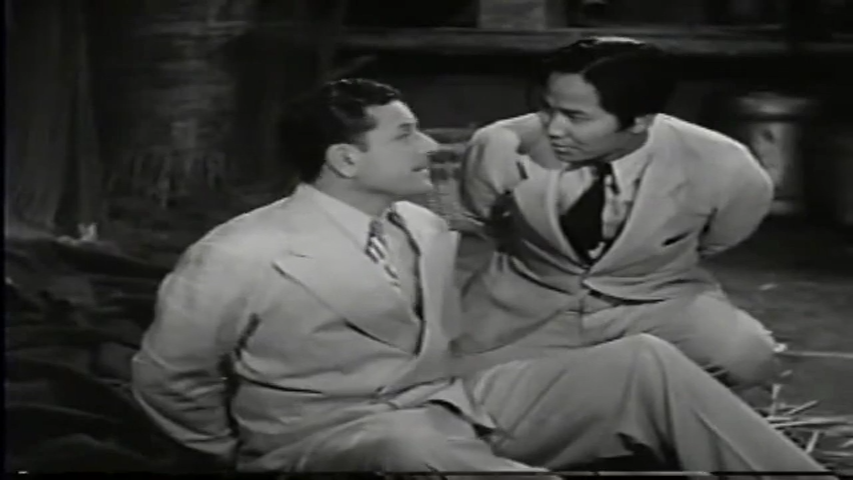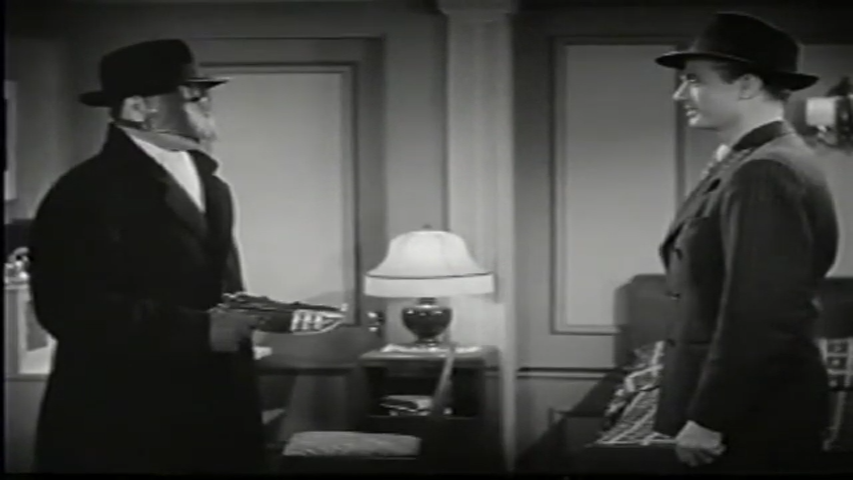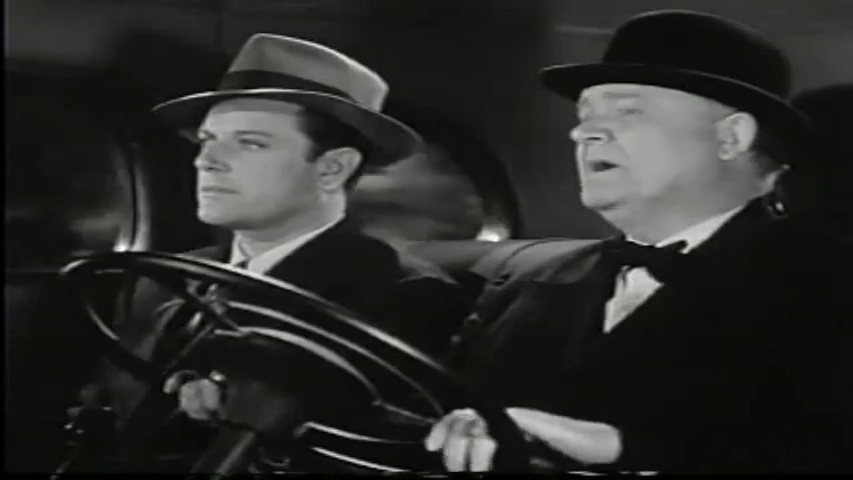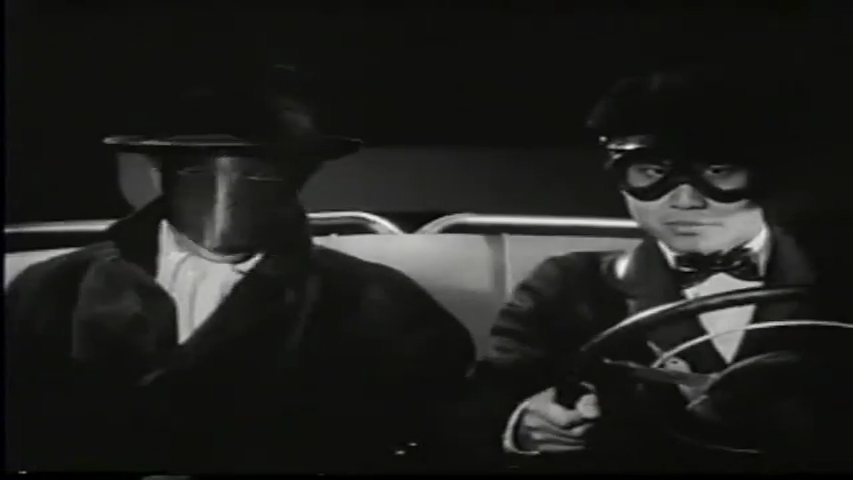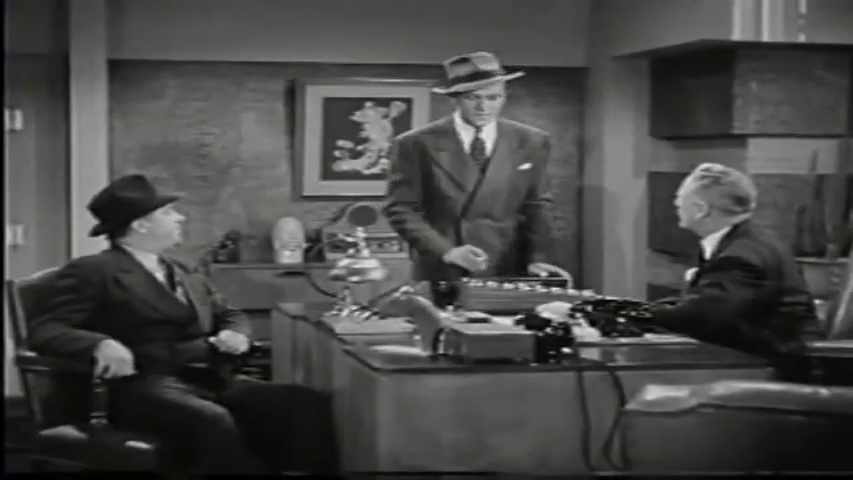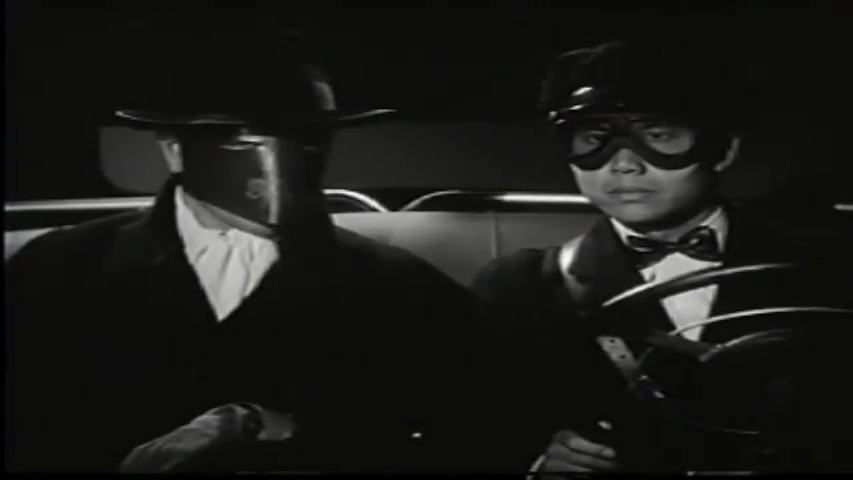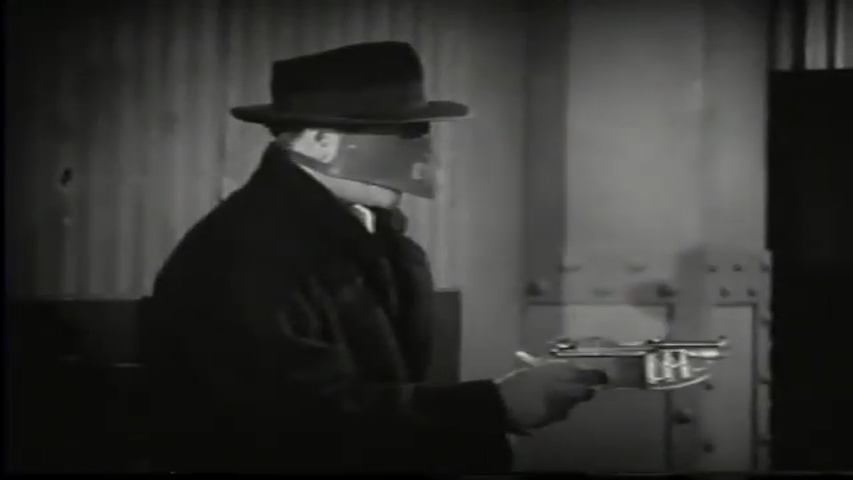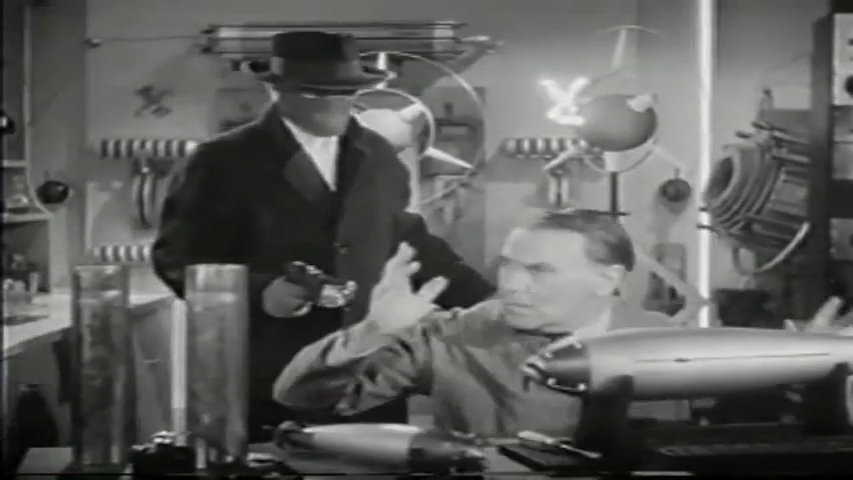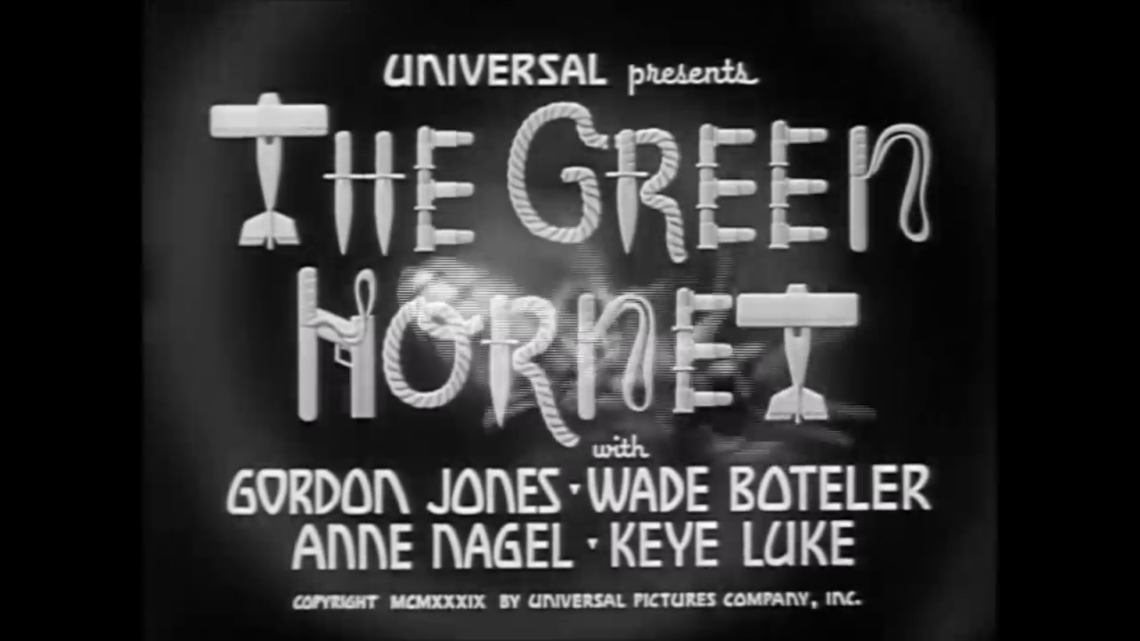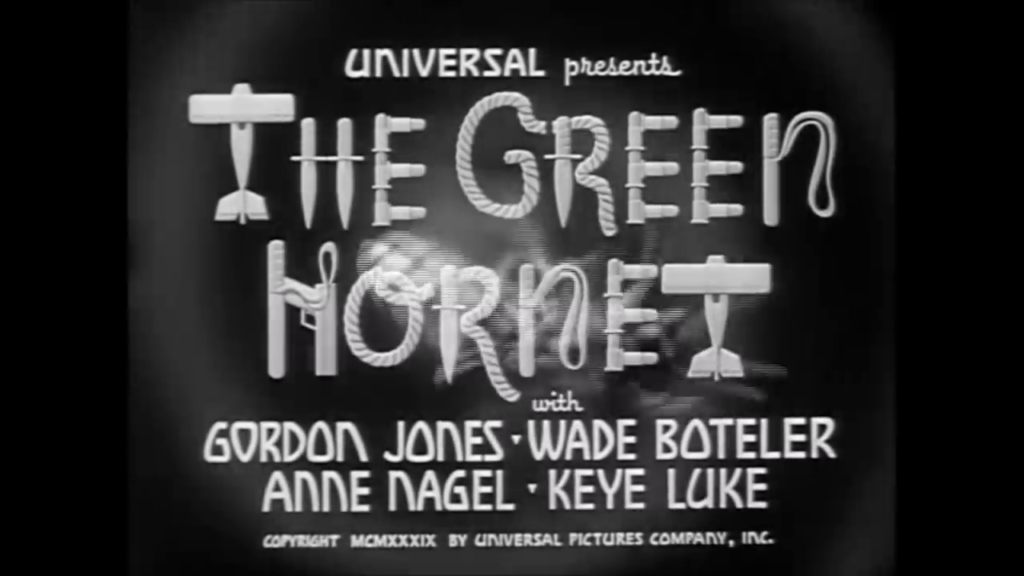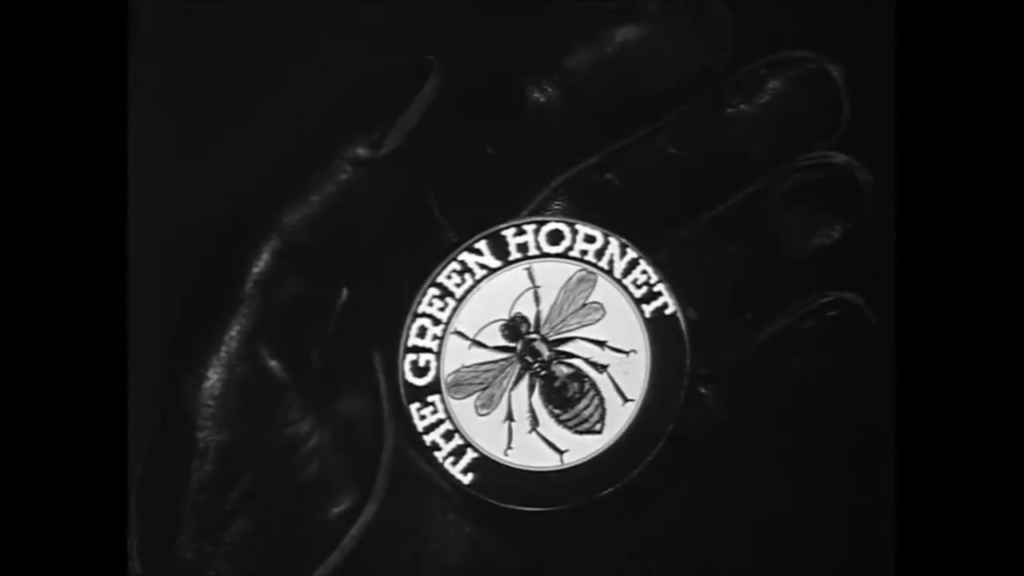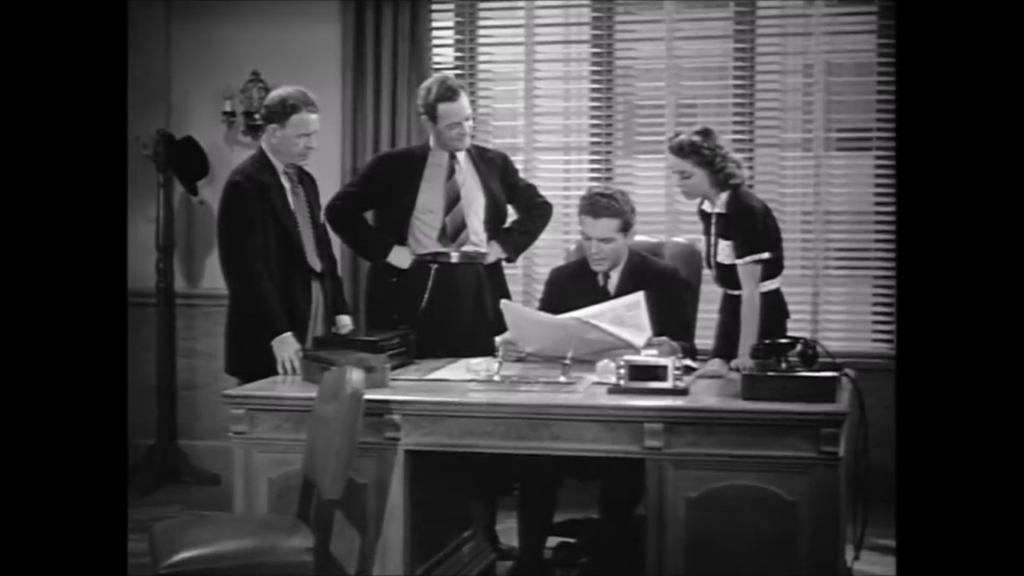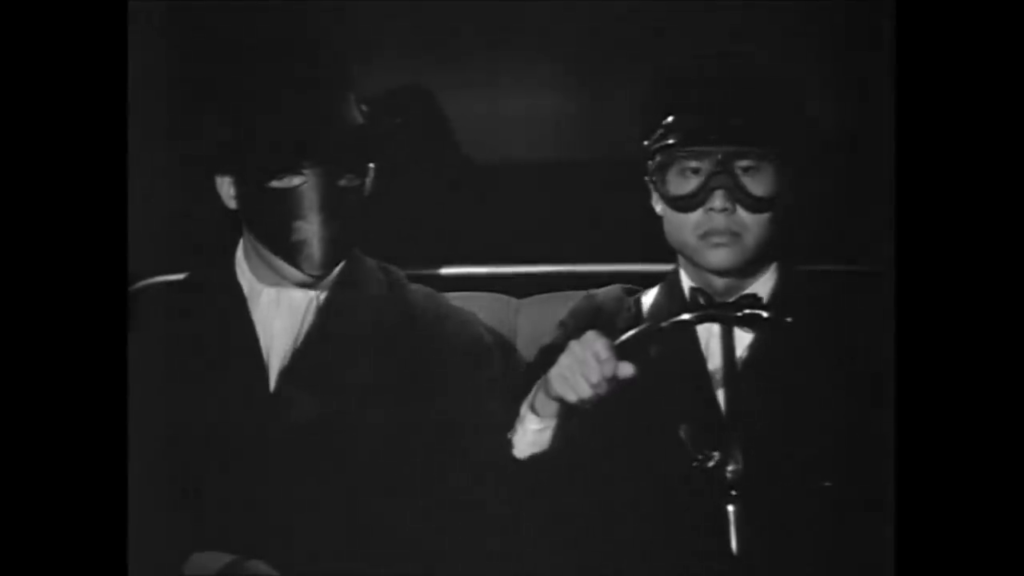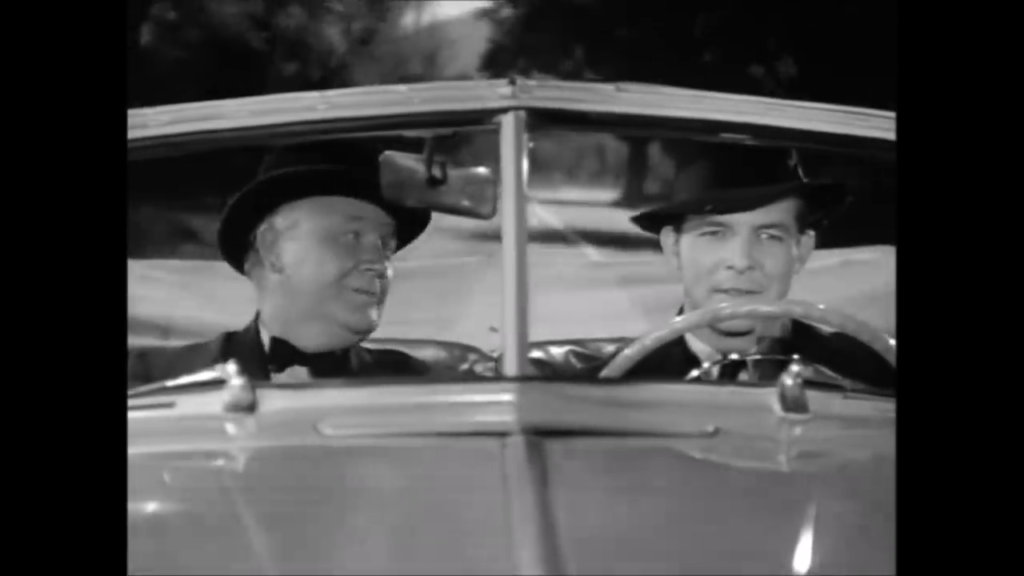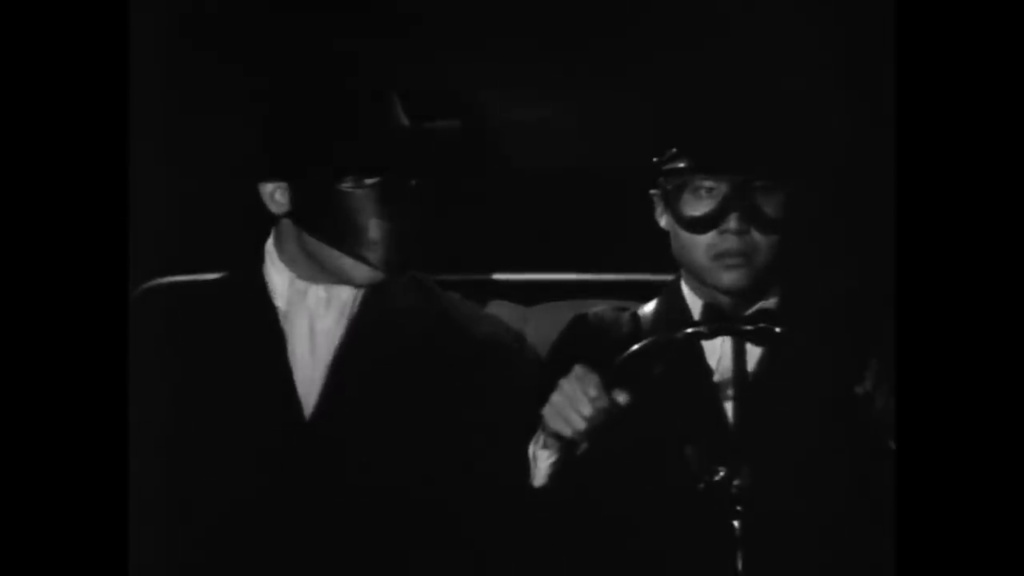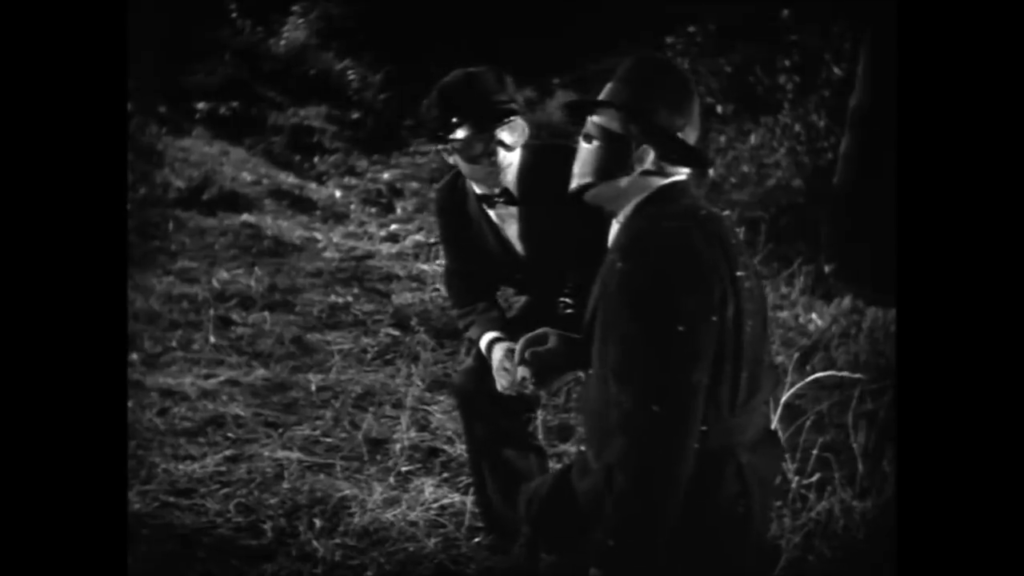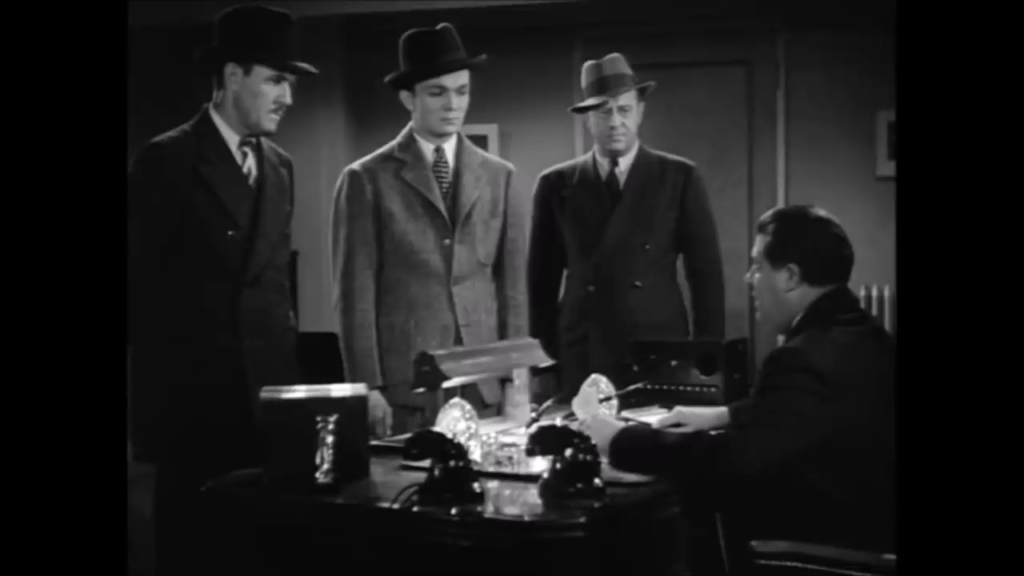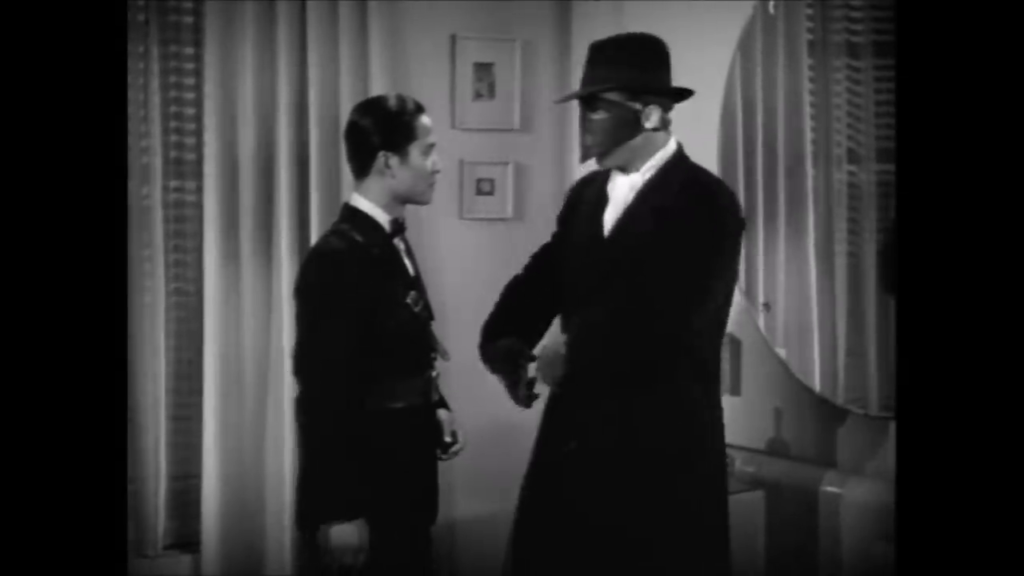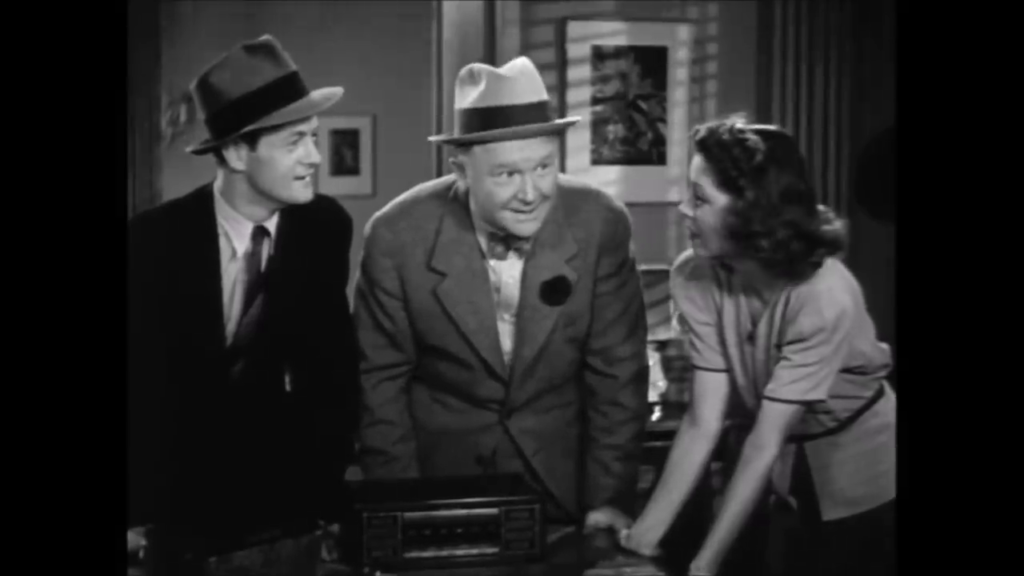-
#456 – The Phantom Creeps (1939)
The Phantom Creeps (1939)
Film review #456
Directors: Ford Beebe, Saul A. Goodkind
SYNOPSIS: An evil scientist named Dr. Zarko has developed inventions that he intends to use to take over the world. With the government and foreign spies constantly trying to get him to get a hold of his inventions, Zarko is uninterested until his wife his killed, when Zarko swears vengeance against the world. Faking his own death, he adopts a new disguise and sets to work. Bob West, a government agent, works together with Dr. Frank Mallory, Zarko’s once-assistant, and journalist Jean Drew to try to foil Zarko’s various attacks and the spies who want his work, while beginning to suspect Zarko is not dead after all…
THOUGHTS/ANALYSIS: The Phantom Creep is a 1939 film serial composed of twelve chapters. Most notable for featuring film icon Bela Lugosi as the villain, it would also be the last movie serial he would star in. The serial starts off introducing Lugosi’s character Dr. Alex Zarko, a brilliant scientist but a bit eccentric as he likes to play tricks on the government agents and foreign spies that are attempting to buy or steal his inventions. He takes everything in good stride until his wife is killed, and the thought of vengeance on the world completely consumes him, and begins using his inventions for evil after faking his own death. Government agent Bob West teams up with Dr. Frank Mallory, who was Zarko’s assistant who wanted him to donate his inventions to the government for the benefit of mankind, and left when he refused. Also working with Jean Drew, a journalist at a national newspaper. Together, they take on the spies that are attempting to get a hold of Zarko’s inventions, and investigate whether Zarko is really dead. One thing that stands out in this serial is all the various inventions that Zarko uses. He has invisibility, an eight-foot robot, robotic spiders that can paralyze people and also a device to put people into suspended animation. Normally, only one of these inventions would serve as the main plot point for a serial, but this serial gives us all of them. While all of these inventions have been the focus of other serials, having them all together like this gives some much needed variety, as different chapters focus on different things, and are used fairly creatively in the various schemes and set-ups. The plot has a lot of back-and-forth with the characters ending up at Zarko’s old home many times, only to be continually come under attack and being surprised when they do so. The story goes round in circles and lacks some direction with so many different things happening, but it’s better than nothing happening, which is what many serials do when they try to stretch very little over twelve to fifteen chapters.
In terms of characters, they are nothing special: there’s all the usual characters from the young action-hero, the sole female etc., but the star of the serial is obviously Bela Lugosi, who gets first billing, and is always the star of every film he is in. His performance is similar to his usual roles (he is the villain in a few serials), but he undoubtedly draws in the audience for those very roles. He also has an assistant called Monk, who plays the role of the idiotic assistant who bungles and sometimes intentionally sabotages Zorka’s plans provides some comedic value, but is mostly there to give Zorka someone to interact with and get his wrath out on.
With all of the inventions and devices that form the backbone of the action, the effects are fairly well pulled off. Of course, the mechanical spiders and the floating objects being carried by an invisible Zorka aren’t convincing nowadays, but there’s definitely worse I’ve seen in the serials of this time. One thing of interest is that there’s not many fistfights or gun shoot-outs, which is usually what most of the action in serials consist of. This serial has all of the inventions to replace that, but also focuses a little more on setting up large scale explosions or vehicle crashes that form the chapter’s cliffhangers. The chapters are also fairly longer than usual, going to about twenty minutes whereas some serials only have fifteen minute chapters with a lot of reused footage from a previous chapter. As such, I think you would get your value for money going to watch this at the theatre in comparison to others. Overall, The Phantom Creeps has a fair amount to offer viewers with its imaginative inventions, and Lugosi’s star quality. The story lacks direction sometimes and the other characters fall flat due to some dull acting and lack of anything unique about them, but overall the serial has enough to make it an above average venture.
-
#452 – Ace Drummond (1936)
Ace Drummond (1936)
Film review #452
Directors: Ford Beebe, Clifford Smith
SYNOPSIS: International Airways are planning to open a new air route through Mongolia, however, their airplanes are coming under attack by a mysterious villain who calls himself “the Dragon.” Ace pilot and G-man Ace Drummond is called in to investigate and put a stop to The Dragon’s plans to secure a secret mountain of jade for himself…
THOUGHTS/ANALYSIS: Ace Drummond is a 1936 Universal Pictures serial comprised of thirteen chapters, based on the comic strip of the same name. The comic was created by Captain Eddie Rickenbacker, one of the most famous U.S. pilots in World War I. The serial starts out with attacks on numerous airplanes owned by International Airways, who are working to establish a new air route through Mongolia. Ace Drummond, a pilot and “G-man of the air,” is called in to investigate the incidents, which are being masterminded by a criminal organisation led by a man known only as “The Dragon.” From there, the serial unfolds in a typical fashion, with Ace and his friends taking on The Dragon’s henchman in fistfights, shootouts and in the air. There’s plenty of story elements that fill the serial, and the story has a direction as situations change, which is something that many serials don’t do. The main plot of the serial is still a back-and-forth between the heroes and villains, but there’s some development with the characters and variety of settings that keep things relatively interesting. The plot concerning an airline and a secret mountain of jade isn’t the most exciting story, but there’s enough going on to not worry about the end goals.
The characters are a very typical cast of serial characters, starting with the youthful action hero Ace. There’s nothing too special about him, but he does sing…the exact same song nearly every chapter. It’s something to make him a little unique I guess, but other than that he’s just the standard lead. Peggy Trainor is the sole female character that is looking for her kidnapped relative, which is one of about only three roles that female characters got in these serials. Jean Rogers, who plays Peggy, also played Dale Arden in the Flash Gordon serial in the same year. The rest of the supporting characters are pretty unremarkable. A lot of the serial is set in a monastery, where many monks live alongside the Grand Lama. I assume that it’s supposed to be Buddhism in all but name, but I don’t think any effort was taken to accurately represent the culture, as with any non-American culture in this era. There are, at least, some of the Asian characters actually played by Asian actors, although the Grand Lama and some of the more prominent Asian characters are white actors made up to ‘look’ Asian. The Dragon doesn’t really do much as the villain: he communicates through some kind of spinning fan (I don’t know how it works), and he is suspected to be one of the people working with the airways, but that element of mystery is fairly commonplace. Each chapter ends with a pretty cool looking dragon model breathing fire as he proclaims “The Dragon commands it!” As mentioned, there’s a good variety of settings that the serial takes place in. The plane fights are decent, and the fight scenes are fairly well choreographed. The acting is decent from the main characters, but a bit stifled through some of the other characters. One more unique thing about is that the intro of each chapter begins with a recap of the previous one in the form of a comic strip, which is reminiscent of Ace’s origins.
Overall, I would say Ace Drummond is a decently crafted serial that while doesn’t provide anything spectacular from the characters or setting, still has a decently flowing story and enough action to elevate it above the average quality of these serials.
-
#432 – Sky Raiders (1941)
Sky Raiders (1941)
Film review #432
Directors: Ford Beebe, Ray Taylor
SYNOPSIS: World War One pilot Bob Dayton operates the aircraft manufacturer Sky Raiders inc. along with his friend Lieutenant Ed Carey. When Dayton invents a new type of high-speed aircraft, a foreign spy named Felix Lynx, aided by Countess Irene, attempt to steal the aircraft in order to sell it to a foreign government.
THOUGHTS/ANALYSIS: Sky Raiders is a 1941 Universal film serial comprised of twelve chapters. As the title suggests, airplanes form the basis of the serial’s action. The story centres around former World War (one) pilot Bob Dayton, who owns the aircraft manufacturer “Sky Raiders Incorporated,” who has developed a new aircraft bombsight and a high-speed aircraft that he intends to sell to the American government, but spy Felix Lynx is hired by Countess Irene to steal the plane so she can sell it to a foreign government. The plot should be extremely familiar to serial goers, as it follows the usual tropes and plot elements they all have, from vehicle chases, fistfights, cliffhangers, and various plans to foil. The theme of aviation is one that is used in a fair few serials, and there’s definitely enough dogfights and planes to justify the theme. Other than that, there’s not much remarkable in terms of the story, as the characters just seem to wander into dangers and unremarkably find themselves out of them, while the villains haphazardly try to get what they want. There’s some development with the characters and their personalities do play into the story a little, but not too much.
Bob Dayton as the lead protagonist is a little different from the usual serial leads: he’s not the young, square-jawed and charming type that you usually see, but rather a World War (one) veteran, middle-aged, and prone to quirky behaviour and occasionally a bad temper. he certainly seems a lot more human than the usual heroic types. He is described as being very lucky at getting out of dangerous situations, and that certainly plays out across the chapters as he survives storms, plane crashes and the like. It is perhaps a cheap way of resolving conflict by simply hand-waving it away as simple good luck, but it’s more than other serials do when their protagonists survive similar certain-death experiences. Mary Blake as the token female character plays the typical role of secretary (the only jobs women have in these serials is secretary or reporter). Her romantic interest in Dayton provides a bit of character development as she tries to get his interest. Billy Halop plays Timothy Bryant, a young airplane enthusiast who gets hired by Dayton to work at Sky Raiders. His character obviously plays the part of a younger character who the viewers of a similar age can relate to. He usually plays a street-tough kid who rebels against any form of authority as part of the “Dead End Kids” group of young actors (in serials such as Sea Raiders), but here his character is certainly more ‘normal’ and cooperative. Ed Carey as Dayton’s sidekick and occasional comic relief is unremarkable, and Hinchfield plays the role of the Sky Raiders finance officer, who is secretly working for the villains, and plays a very typical role. The villains aren’t nearly as fleshed out, as Felix Lynx operates as a a typical henchman, and the Countess Irene, who has hired Lynx, makes few appearances and does even less. They often have very little to do, as Dayton’s good luck manages to get him out of most situations.
The plane sequences are decently executed, and there’s plenty of real planes that are shown on film. The aerial sequences are less impressive, as they are clearly models being shaken around in front of an aerial photograph. One thing that always bugs me is when planes are flying in the air and when the pilots open the cockpits there is never any wind. It’s not too important in the long run, but it’s one of those nitpicks I always have. The rest of effects are fairly standard and not worth writing about. Overall, Sky Raiders does some good work on it’s character development and usage of planes, but falls behind with its lack of villain motivation and an overall plot. The two more or less balance out, making a fairly average serial.
-
#415 – Sea Raiders (1941)
Sea Raiders (1941)
Film review #415
Directors: Ford Beebe, John Rawlins
SYNOPSIS: A gang of kids living by the harbour get wrapped up in a nefarious plot by a foreign agent to steal a new “torpedo boat” that is to be sold to the American government. The boat has been invented by Adam, who is Billy’s older, who is also the leader of the gang. When the plans for the boat are stolen, a local G-man named Brack Warren believes the kids are to blame, and tries to hunt them down. Billy decides that the only way to clear their name is to try and find who stole the plans and get them back before they are captured and Brack sends the kids to the desert…
THOUGHTS/ANALYSIS: Sea Raiders is a 1941 movie serial and the second universal serial featuring the group(s) of young actors known as the “Dead End Kids” and the “Little Tough Guys.” Junior G-men, the first serial was released the previous year. The story centres – as the title suggests – around the sea, where an unknown assailant termed the “Sea Raider” has been destroying ships carrying wartime supplies to America’s allies in Europe. Billy and his gang of street kids are causing trouble and trying to avoid getting caught by local officer Brack Warren, who wants to ship them off to the desert. Billy’s brother Tom has been developing a new torpedo boat that be sold to the government and shipped to its allies, but little does he know his friend Captain Carlton is secretly working with a foreign agent to steal the boat for his own country. When Tom’s workshop is broken into and his blueprints are stolen, Warren suspects Billy’s gang is behind the theft, and they decide to prove their innocence by tracking down the real thieves. The story is fairly similar to the usual serial format, but like its predecessor, deviates somewhat by having the lead characters not be a square-jawed, cowboy-esque white male, but instead this gang of rogue, slang-talking kids who constantly cause trouble. and rebel against authority. The plot flows nicely, and although it falls into some typical tropes of the format, it switches up the locations and perils enough to keep things interesting.
The kid characters, as mentioned, do eschew the typical lead roles, but their characters are almost identical to the ones they played in Junior G-Men. The young actors only play this very specific role though, but it is confusing that this isn’t a direct sequel, and even more so that the lead kid Billy is again playing a character named Billy (whose real name is also Billy). A lot of what I said about the characters from my review of the previous film featuring them still stands: the characters initially come across as rather unlikable, in that they are constantly causing trouble and stealing from people. It’s a bit more toned down in this film though, and their relatives dismiss their antics as mostly harmless. A lot of their antics are also directed at Brack Warren, a local police officer, who provides more of a comic relief role in his inability to apprehend the kids and his general incompetence, so the kid’s actions don’t seem so bad. Other than the main cast, the supporting cast are more in line with a typical serial, with a villain that is pretending to be the heroes friends, backed by a foreign agent (although the name of his country is not mentioned, he is obviously German). The theme of the serial around bewaring foreign spies and standing up for your country are typical of wartime serials, and like its predecessor, this one is perhaps aimed at younger viewers who like the kids in the serial are troublemakers, but can still support their country.
There aren’t too may serials with a focus on the sea, so that makes the serial stand out a bit more (The only other one I have seen is S.O.S. Coast Guard). This setting brings with it a lot of chases on the sea and even fights with sharks and an octopus. The camerawork is fairly decent, and the shots at sea are well done and convincing for the time. On the negative side, I noticed that the twelve chapters are a little shorter than usual. Given that the beginning of the chapter is a text-scrolling recap of the previous chapter, then there is playing the end of the previous chapter for the cliffhanger and it’s resolution, you are basically getting less than fifteen minutes per chapter, which if you’re going to the theatre every week seems like a bit of effort for little in return. On the other hand though, this means that the chapters are quick and fast-paced, so you’re not bored with scenes of pointless dialogue of characters explaining the plan they’re about to execute. Like it’s predecessor, Sea Raiders offers something a little different in the format: not too much, but enough. The story is familiar, but well-paced, and the action sequences are well done. The lead kids are a little erratic and difficult to root for when they act in their spiteful and rough manner, but they settle into the role of heroes well enough when confronting the real villains. Similar to Junior G-men, it’s worth a watch if you’re a fan of the format (although it doesn’t really work as a format nowadays), and would have been entertaining back when it was released too, I imagine.
-
#414 – Junior G-men (1940)
Junior G-Men (1940)
Film review #414
Directors: Ford Beebe, John Rawlins
SYNOPSIS: A group of street-wise kids led by Billy Barton are caught up in the deadly scheme of the “Order of the Flaming Torch” to sabotage and disrupt the government with the help of foreign agents to replace the government with their own men. F.B.I. agent Jim Bradford wants Billy’s assistance in locating his Father Colonel Robert Barton, who Billy hasn’t seen for five years, and who Brad ford believes is being held hostage by the Order. Billy and his gang are reluctant to help out any authority figures, and Bradford suggests they join up with his nephew Harry Trent, who is leading a group of junior G-men in town to aid the investigation…
THOUGHTS/ANALYSIS: Junior G-Men is a 1940 movie serial and the first of three starring the group of young actors referred to as the “Dead End Kids” and the “Little Tough Guys,” who starred in a number of films together. The serial starts off showing the gang of kids going round town being general nuisances. In the first few minutes, we see them steal, cause a car chase, start a fight, and generally just create chaos in their neighbourhood. From the start, these kids are not very likeable with their flagrant disregard for anyone else’s wellbeing but their own, and their constant hostility to any kind of law enforcement. An F.B.I. G-man named Jim Bradford questions Billy Barton, the leader of the boys, about the disappearance of his Father, and asks for Billy’s co-operation to find him. Again, the kids are aggressive and hostile about helping any “copper,” and leave. Jim Bradford suggests his nephew Harry Trent, a junior G-man, attempts to train the boys to take on the Order with them instead. Billy and the boys are initially hostile to this as well, but gradually start to work together with them to take down the “Order of the Flaming Torch” who have kidnapped Billy’s Father. The serial clears the antagonism between the characters eventually and it settles down into the usual hi-jinks of chases and fistfights that are expected of the format. The street kids also get to learn about the different techniques that the g-men use to investigate crimes, which leads to a blend of the street-wise and the methodical that works well.
The cast of characters are somewhat different to what you usually get in these serials. Billy Barton and the street-wise kids are certainly a contrast to the square-jawed, cowboy-esque men that are typically the stars of these serials as portraying a typical all-American heroism. Instead, Billy and his gang are rough-looking, unkempt and hostile to the law. The theme of the serial is, like many of the serials of the time, centred around the theme of spies, sabotage, and “bewaring the enemy within.” Billy and the gang are persuaded to put aside their contempt of the law for the sake of patriotism and their country. I think perhaps this serial was aimed at the rebellious younger generation in order to convince them to do the same thing in war-time as when this serial was released in 1941. Other than Billy, most of the other kids don’t get much screentime or dialogue apart from Lug, who provides the comic relief. Jim Bradford provides the more typical hero role that you usually see in these serials. Harry Trent as the junior G-man who is around the same age as the kids provides a good counter-act to Billy, and watching the two learn to work together gives the serial a good flow and sense of development as the serial unfolds. The villains are nothing special, but their interactions with their hostage Robert Barton (Billy’s Father), who is constantly trying to outwit them and escape, provides a source of ongoing tension. Outside of these characters, there’s nothing else worth mentioning; there isn’t even a single female character in the roster, other than Bradford’s secretary, who has maybe two or three lines.
Overall, Junior G-men is something a little different in the format, which is a rare thing. The main characters are not the typical heroes; they are rude, aggressive and at the beginning very unlikable. As the serial goes on, it settles into a more traditional flow as the kids ally themselves with the G-men. There’s enough going on at all times to maintain interest for the viewer, and a mix of different situations across the fairly large cast means the story moves along across all these characters equally well. On the negative side, as mentioned the kids are in the beginning rather unlikeable, but they do settle into the role later on. Also the action is a little crowded and uncoordinated, as sometimes the whole gang of kids get involves in a fight which makes it difficult to keep track of. The action scenes and cliff-hangers are nothing spectacular, but overall it’s nice to see something a little different from this format.
-
#396 – The Green Hornet Strikes Again! (1940)
The Green Hornet Strikes Again! (1940)
Film review #396
Directors: Ford Beebe, John Rawlins
SYNOPSIS: The Green Hornet, a masked vigilante is once again on the case of a racketeering ring that is terrorising the city and undermining the country’s military productions. Britt Reid, the owner of The Sentinel newspaper, investigates these racketeering rings, and disguised as the Green Hornet puts a stop to their operations, all the while having to avoid his secret identity being uncovered by his friends and co-workers…
THOUGHTS/ANALYSIS: The Green Hornet Strikes Again! is a 1940 movie serial based on the The Green Hornet radio drama and a sequel to the movie serial of the same name. The story once again centres around Britt Reid, the owner of The Sentinel newspaper, who is also secretly the masked vigilante “The Green Hornet.” While Reid investigates the crime rackets in the city at the newspaper, as The Green Hornet he puts a stop to them with the information he has received through his investigations. This only really needs to be a short review, as most of what can be said about this serial was already said in my review of its predecessor. The story is very similar with The Green Hornet once again going after racketeering operations, with a new one being the focus of nearly every episode, which means there’s a bit of variety to the plot. This does make the serial stand out from others in the format since most of them have once overarching plot, linking the chapters by cliffhanger endings which are directly resolved at the beginning of the next chapter. Although The Green Hornet Strikes Again! somewhat does this, the cliffhangers don’t have a similar impact, and mostly just wrap things up before moving on to a new story. The overarching plot concerning the crime syndicate is a bit more substantial than the previous serial, with an overall villain controlling things, but it’s not a massive change. Nevertheless, there’s plenty of action with The Green Hornet, and intrigue with Reid’s investigations, so it manages to switch things up to keep them interesting. It should also be noted that is one of the longest serials, clocking in at nearly five hours and fifteen chapters, so that variety comes in handy.
Being released less than a year after the original, this sequel manages to return all the sets and cast as if it was almost a direct continuation. Everyone has a specific role to play, from the heroic Reid, his driver Kato, Michael Axford being the comic relief, and so on. The acting isn’t too bad, but again like its predecessor, the dialogue feels very stiff and unnatural at some points, like the actors are just reciting lines without any natural pacing or emotion. The movie serial format is known for sticking to the tropes of its format, and The Green Hornet Strikes Back! is no exception. However, it is sticking to the formula of its predecessor, which deviated from the format in having more stand-alone episodes rather than dragging out one overarching story. With this in mind it is still a good example of the format, with interesting characters, good action and intriguing investigations that have a decent amount of entertainment value.
-
#394 – The Green Hornet (1940)
The Green Hornet (1940)
Film review #394
Director: Ford Beebe, Ray Taylor
SYNOPSIS: A racketeering gang is causing all sorts of crimes across the city. Meanwhile, the owner of The Sentinel newspaper Britt Reid, upon learning of these criminal activities, has decided to fight back in disguise as The Green Hornet, accompanied by his valet Kato and their super fast car, they attempt to shut down the criminal rackets all the while trying to avoid having their identities uncovered by their friends at The Sentinel…
THOUGHTS/ANALYSIS: The Green Hornet is a 1940 movie serial based on the radio series of the same name. The story opens up showing a crime racket running amok in a city, with The Sentinel newspaper trying to chase down the stories behind their criminal activities. Britt Reid, the head of the newspaper, decides it is time for someone to deal with these criminals, and he dons the disguise of “The Green Hornet,” a masked vigilante who visits these criminals and tries to uncover who is leading the rackets. The plot unfolds over the thirteen serial chapters, with each chapter introducing a new racket that The Green Hornet must confront. With each chapter introducing something new, there’s enough variety to keep viewers returning and engaged with the story. There’s the usual high-speed chases and fist fights you would expect, and these are executed pretty well. Maybe nothing too memorable, but still entertaining enough to watch.
The character of Britt Reid and his alter-ego as the Green Hornet play a typical superhero role, with no-one knowing he is leading this double life. As such, this leads to many of his friends and colleagues at The Sentinel newspaper wondering whether The Green Hornet is a hero or villain, and in some cases working to apprehend him, which leads to some complications and interesting turns in the story. The only person who knows his identity is Britt’s valet Kato, who drives The Green Hornet’s car, which is a super speedy vehicle that makes a buzzing sound akin to a hornet. Kato stands out as a character as he is actually portrayed by an Asian actor, whereas a lot of the time Asian characters were portrayed by white actors in makeup to “look” Asian. Also of note is that when the serial was released in 1940, the U.S. had not entered world war two, although anti-Japanese sentiment was still growing, leading to Kato’s original origin being Japanese being changed to Korean for the serial (Keke Luke, the actor himself, was Chinese-American). Nevertheless, it is very rare to see a non-white person in a leading role at this time. Other characters include the one token female character, who works at The Sentinel and believes throughout that The Green Hornet is a force for good in spite of her colleagues believing otherwise. Also Britt’s bodyguard plays a bit of a comic relief character, and his being Irish leads to some stereotypical phrases that come out of his mouth. The villains don’t really have much of an impact as characters themselves, as they mostly change with each chapter and the new racket that the Green Hornet must thwart, but that’s not too much of a problem, as the protagonists are much more interesting.
Overall, The Green Hornet is a good example of the serial format. There’s plenty of action, the characters are interesting, and there’s enough variety to keep viewers entertained. It is also a good example of an early superhero-esque character who leads a double life and must balance the two roles.
